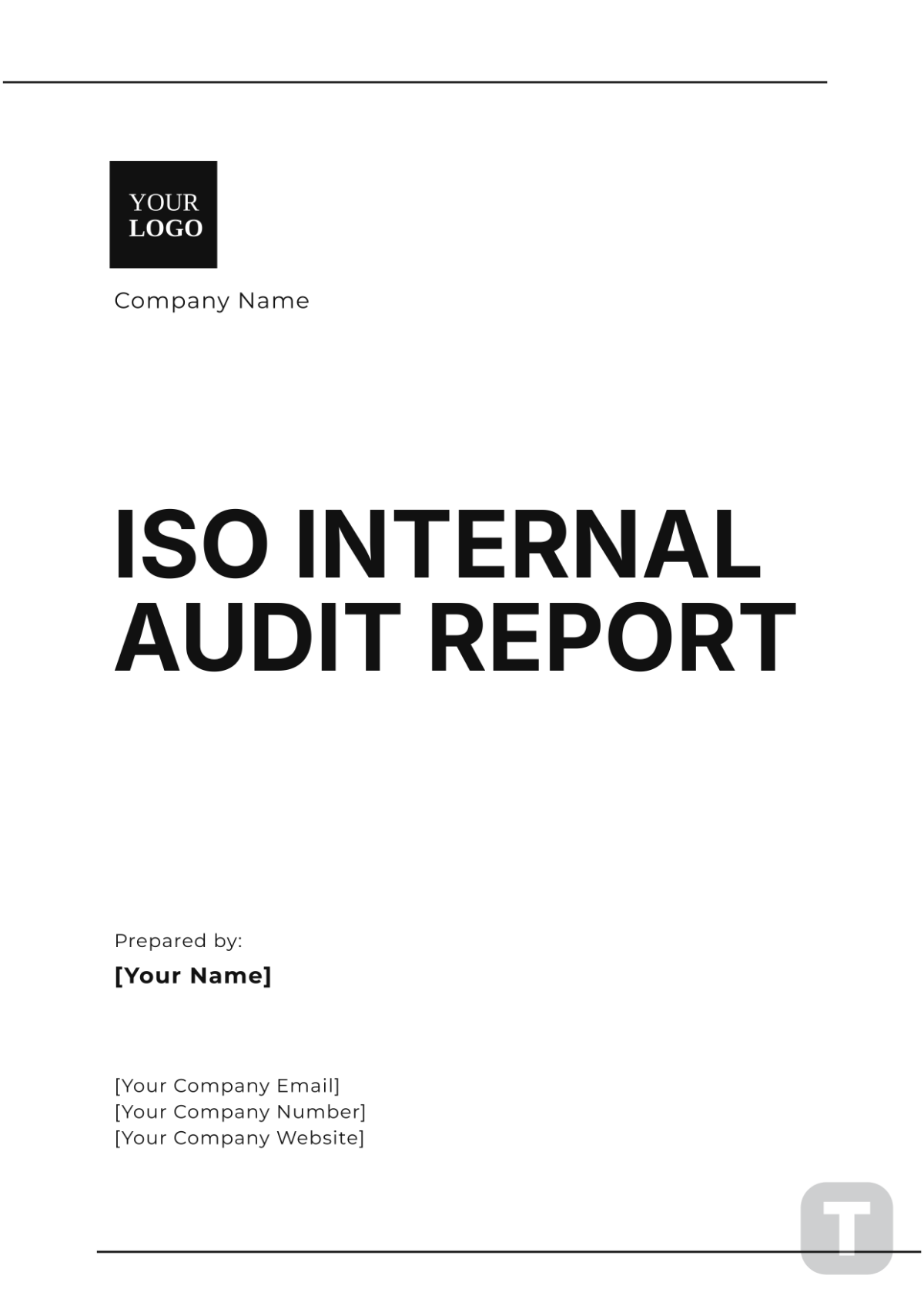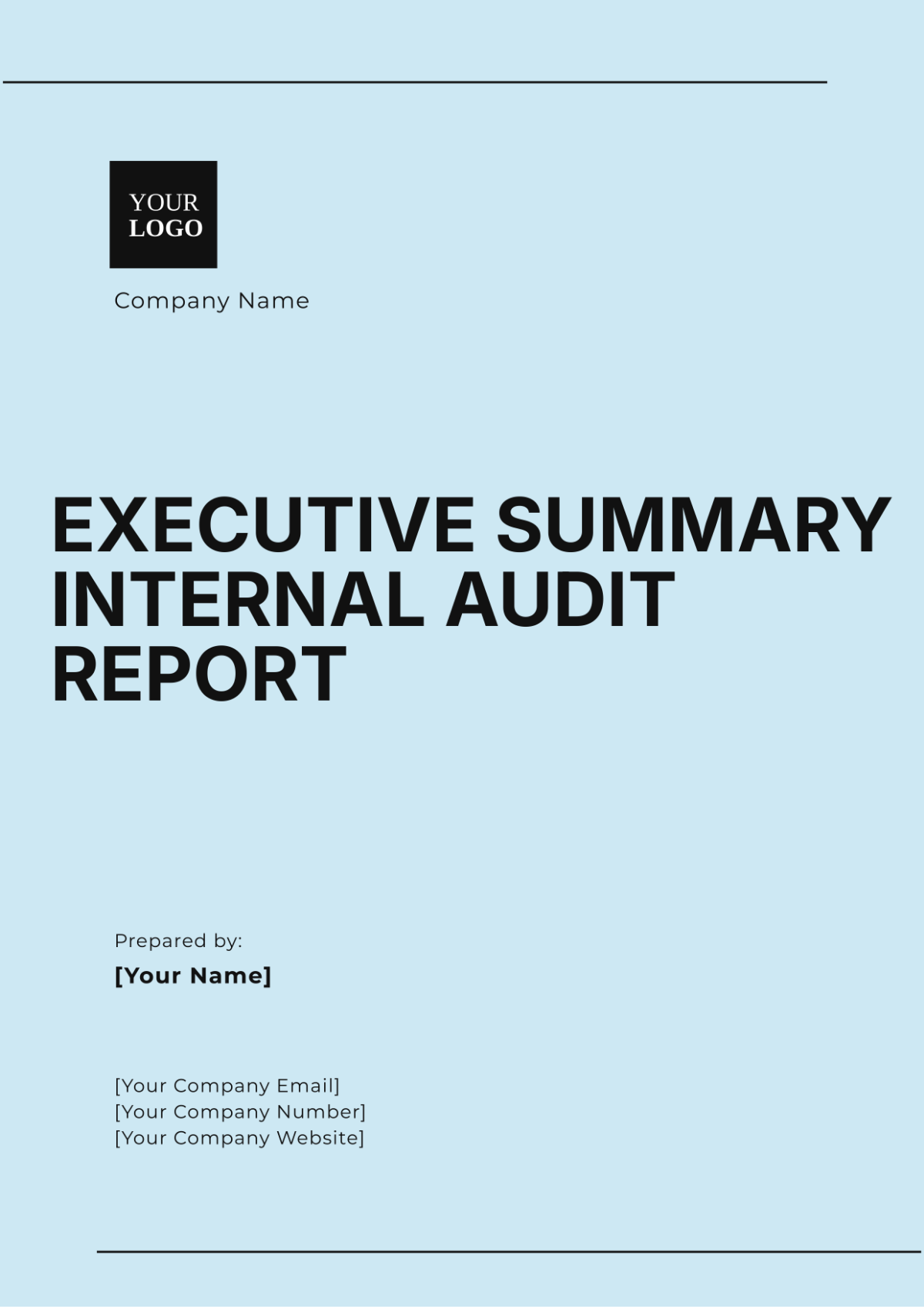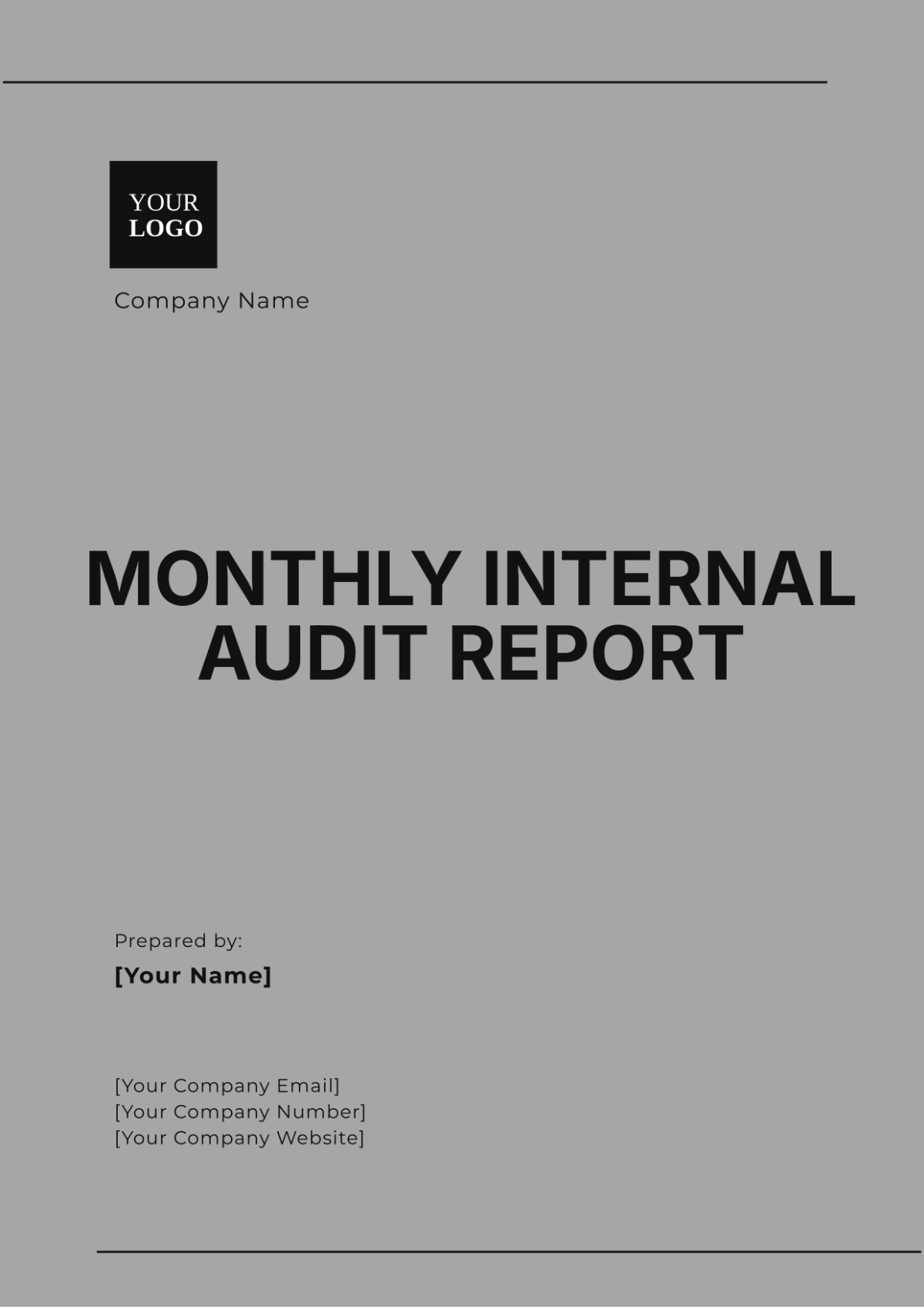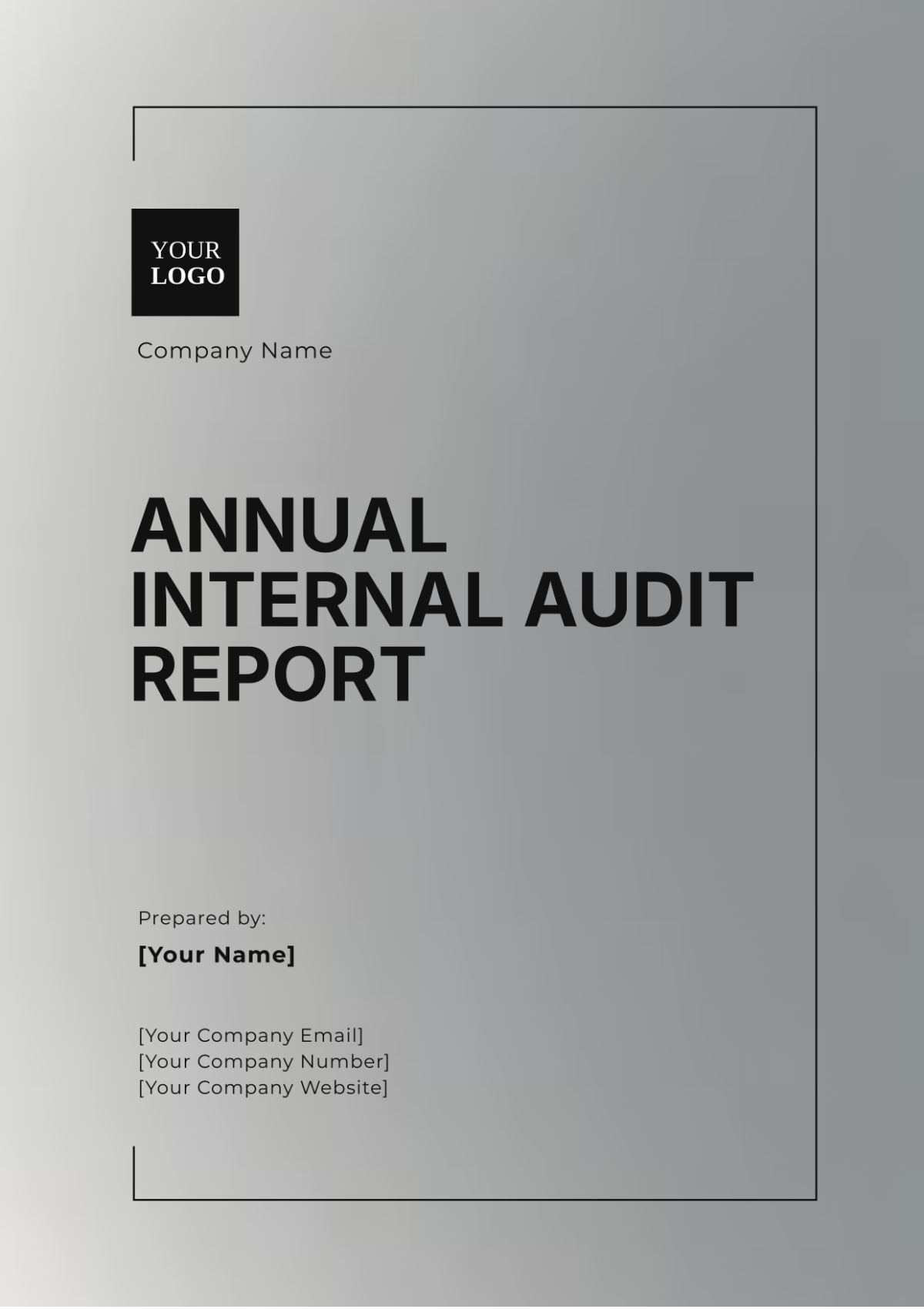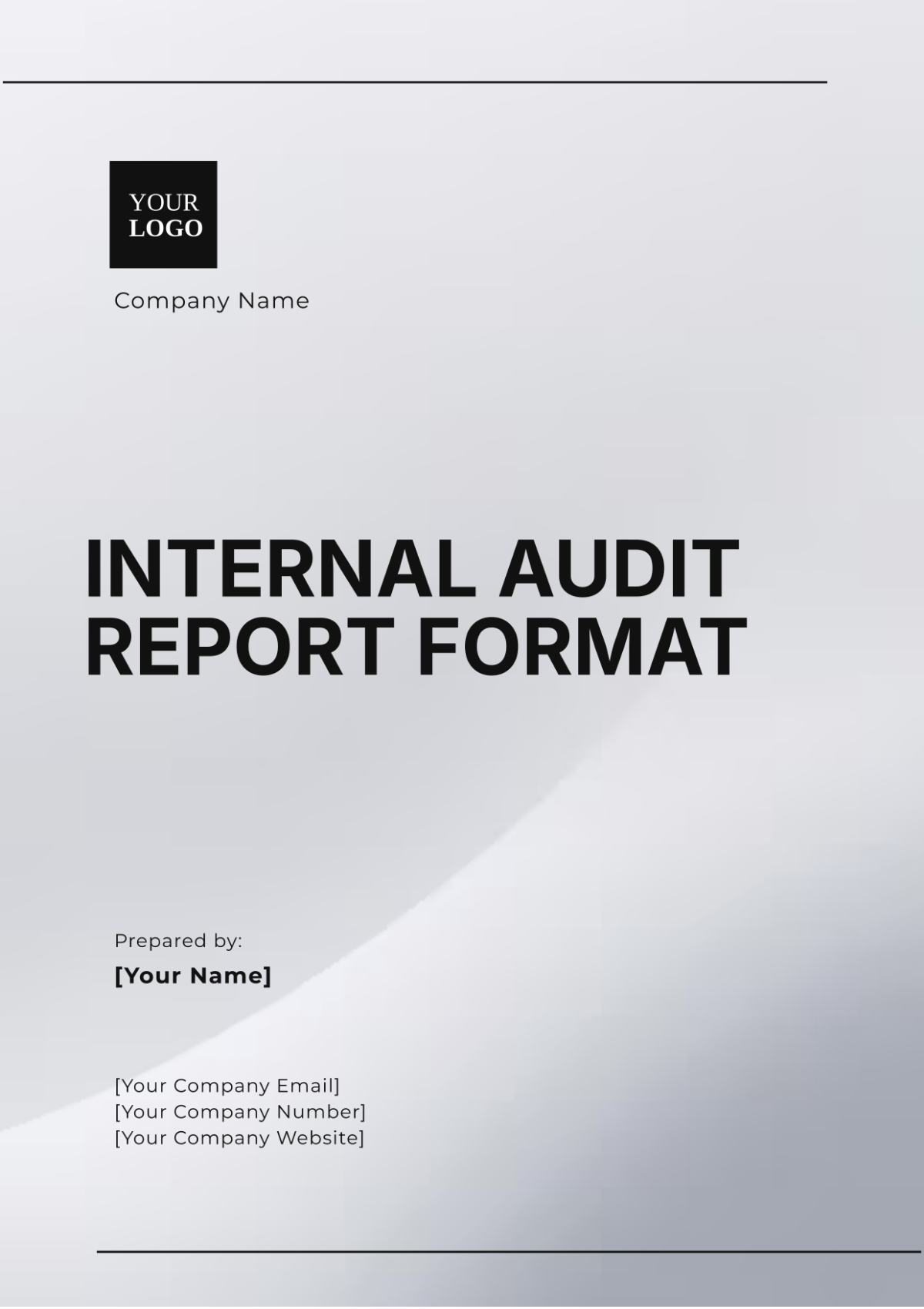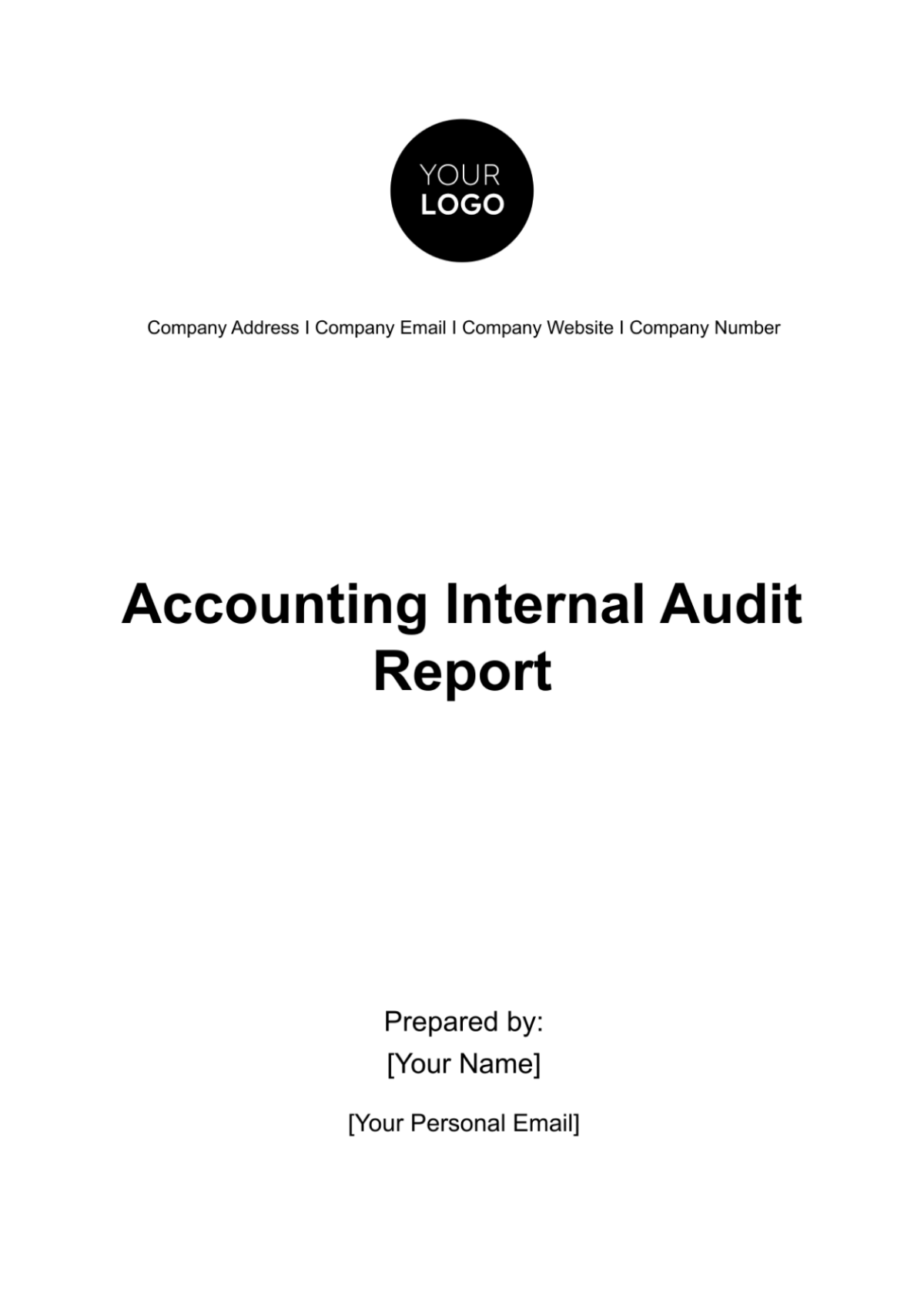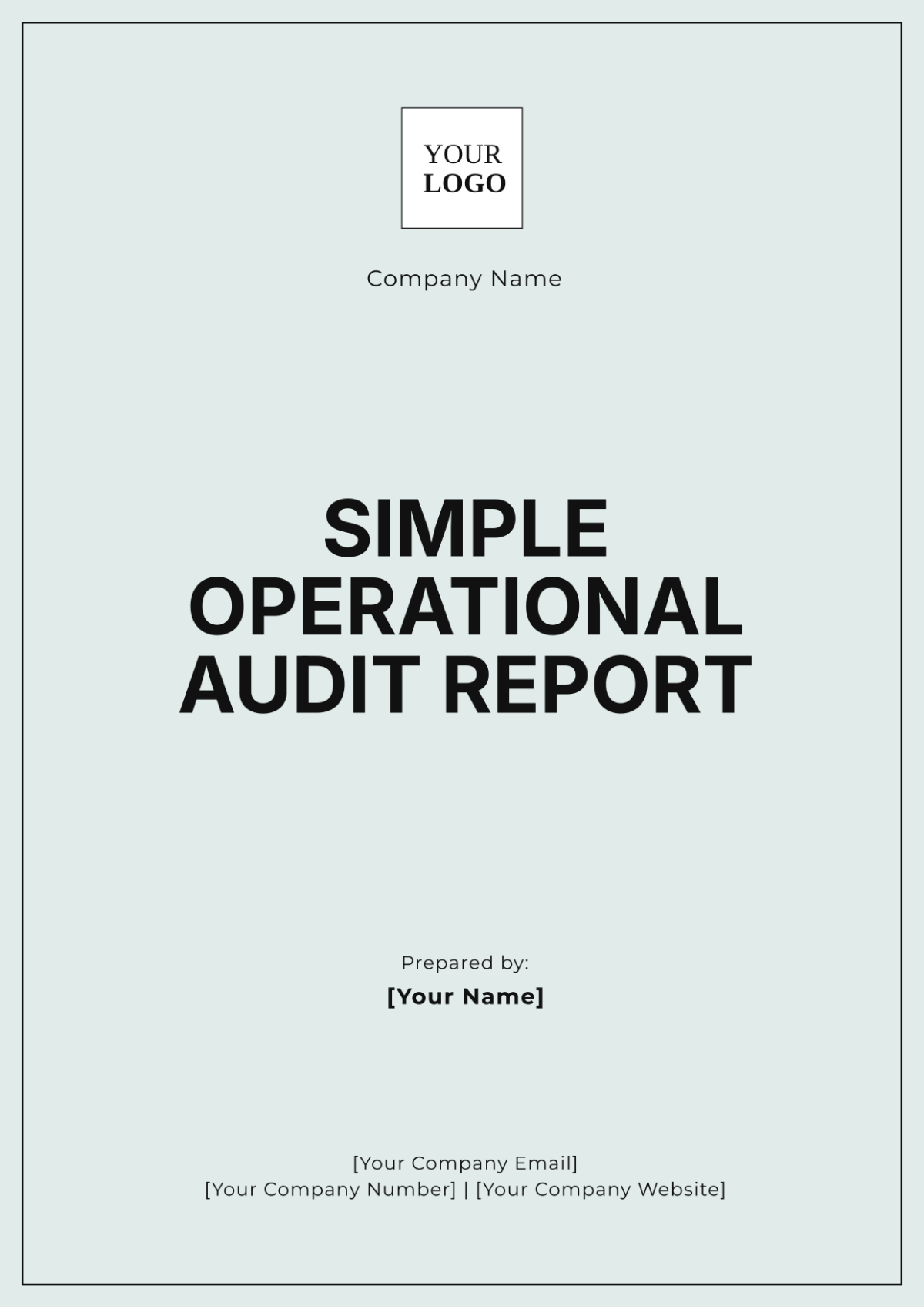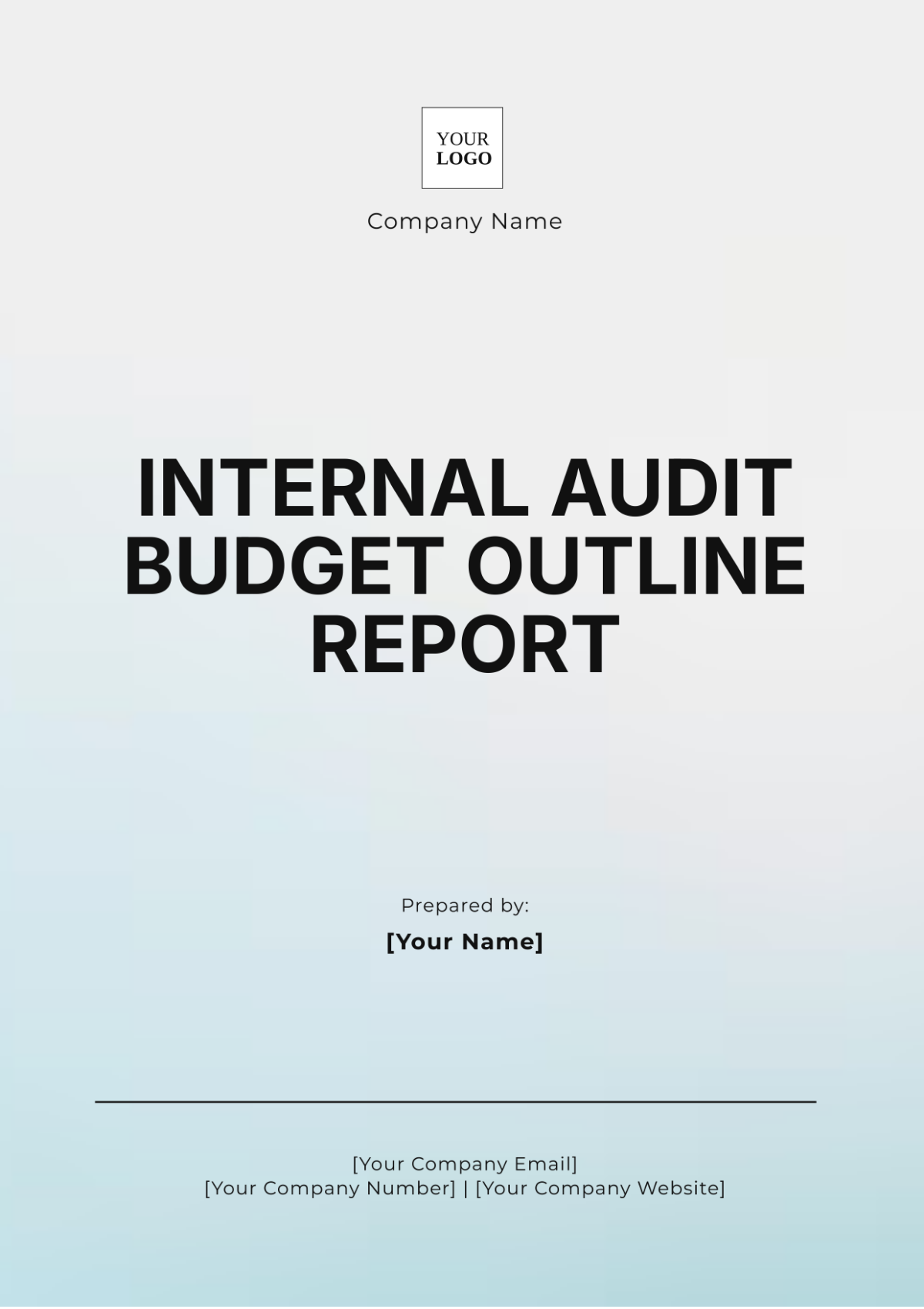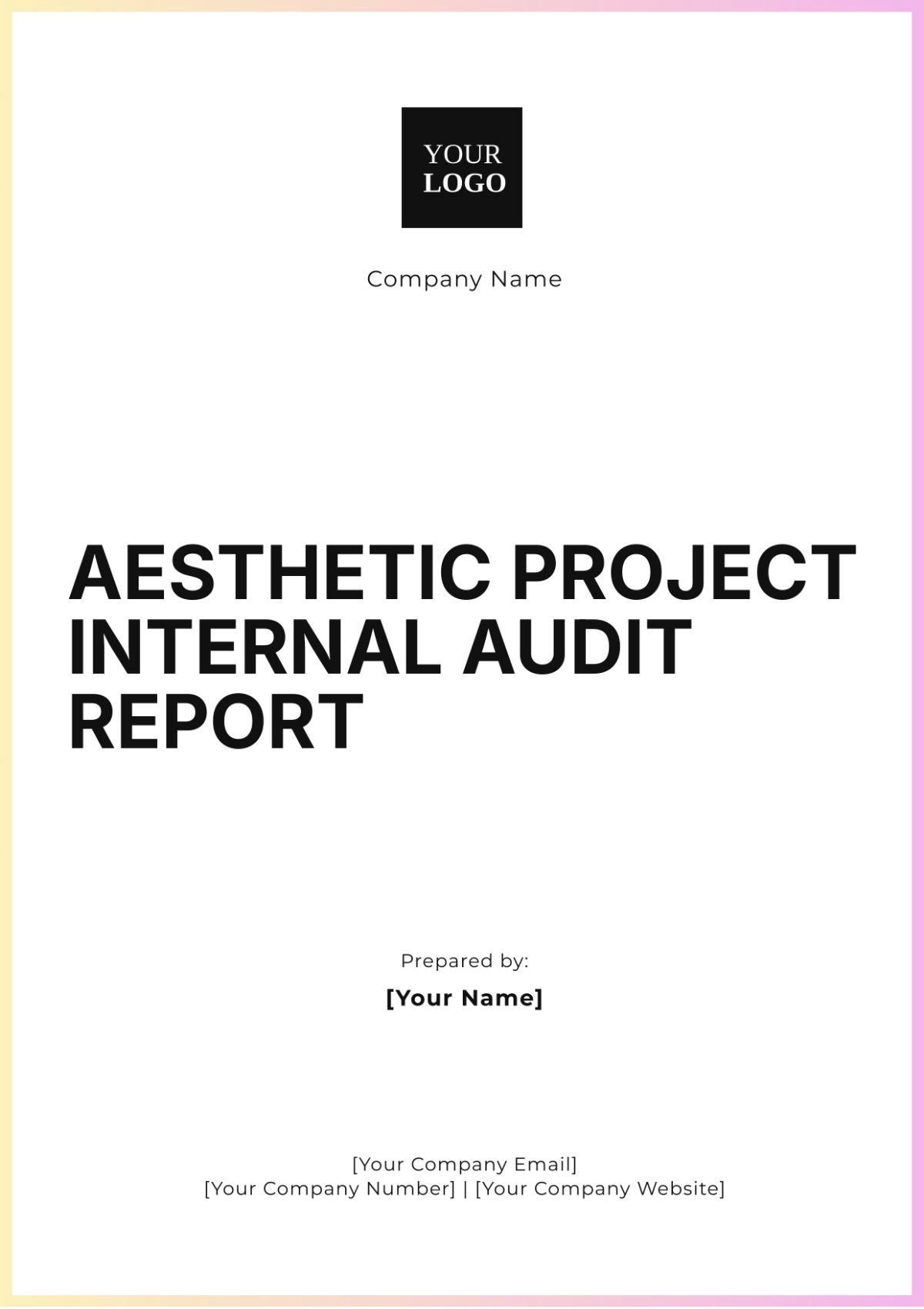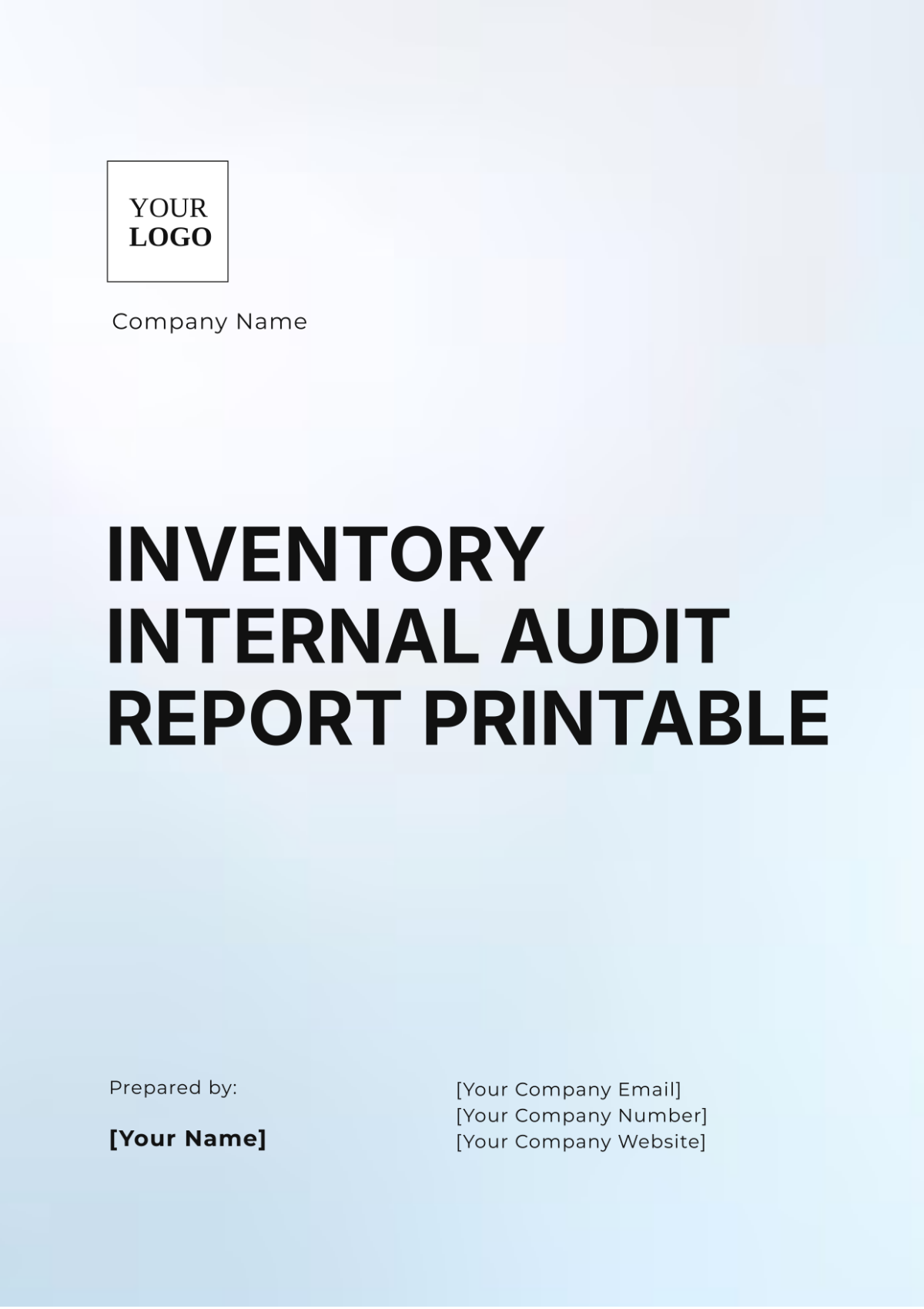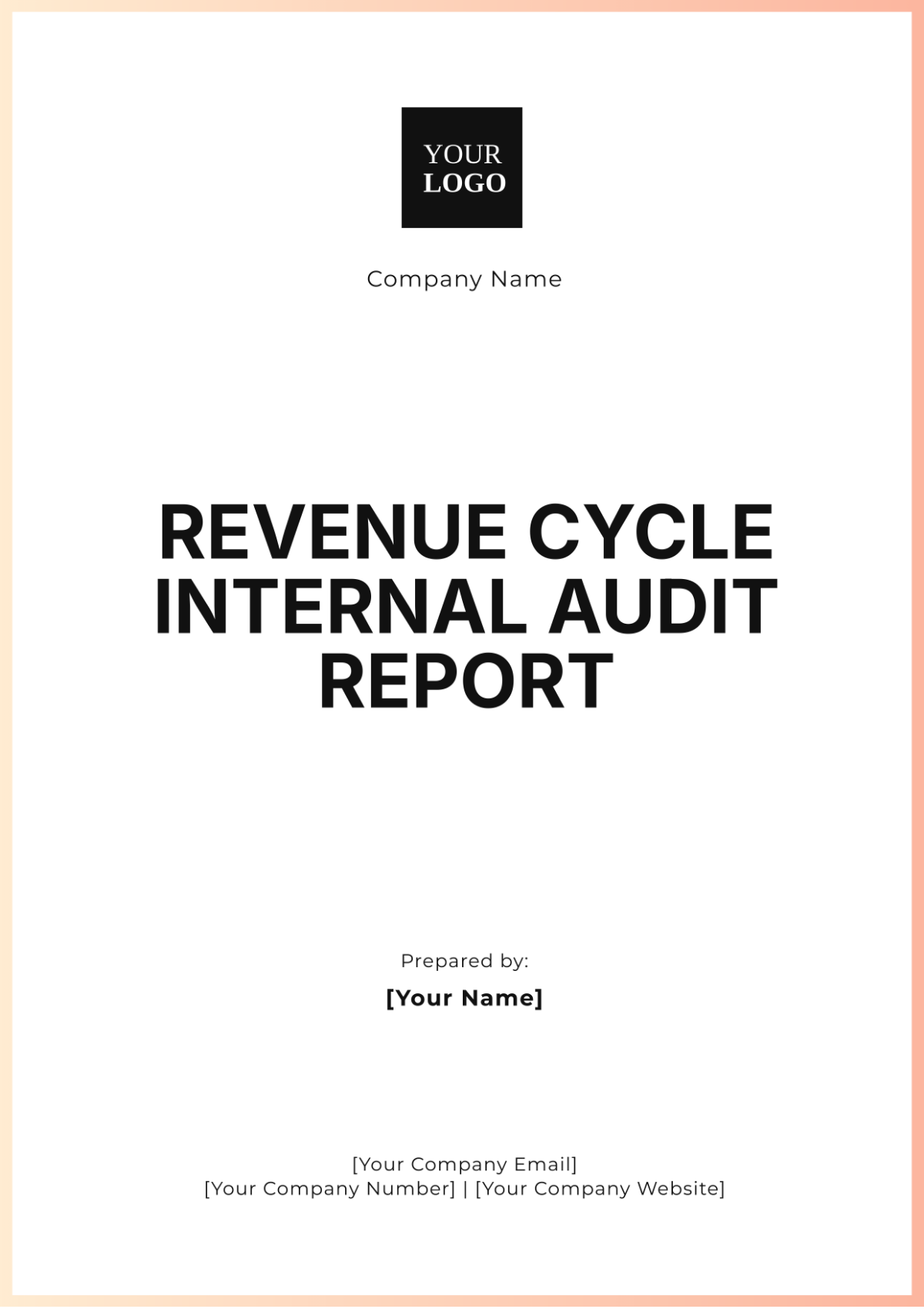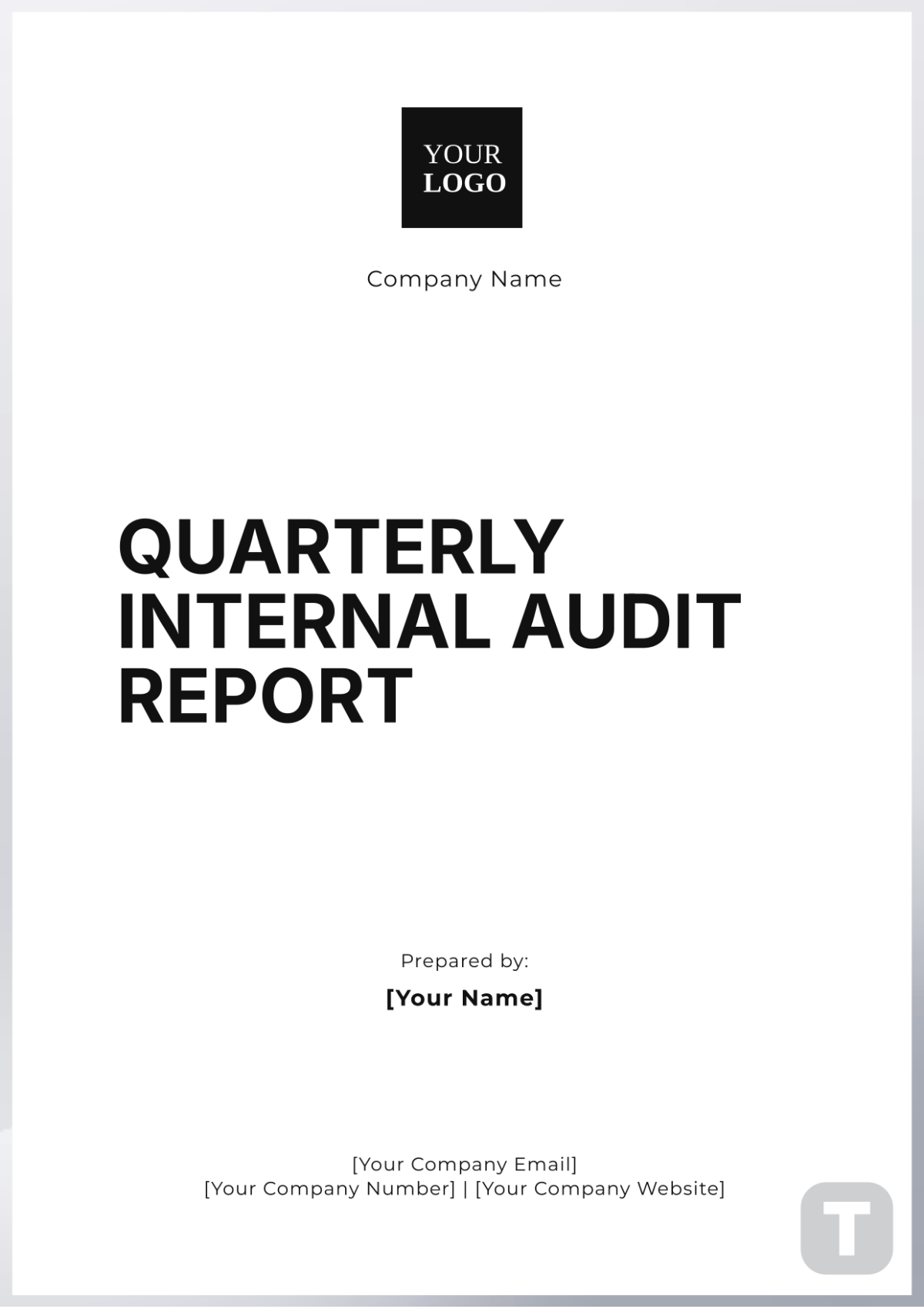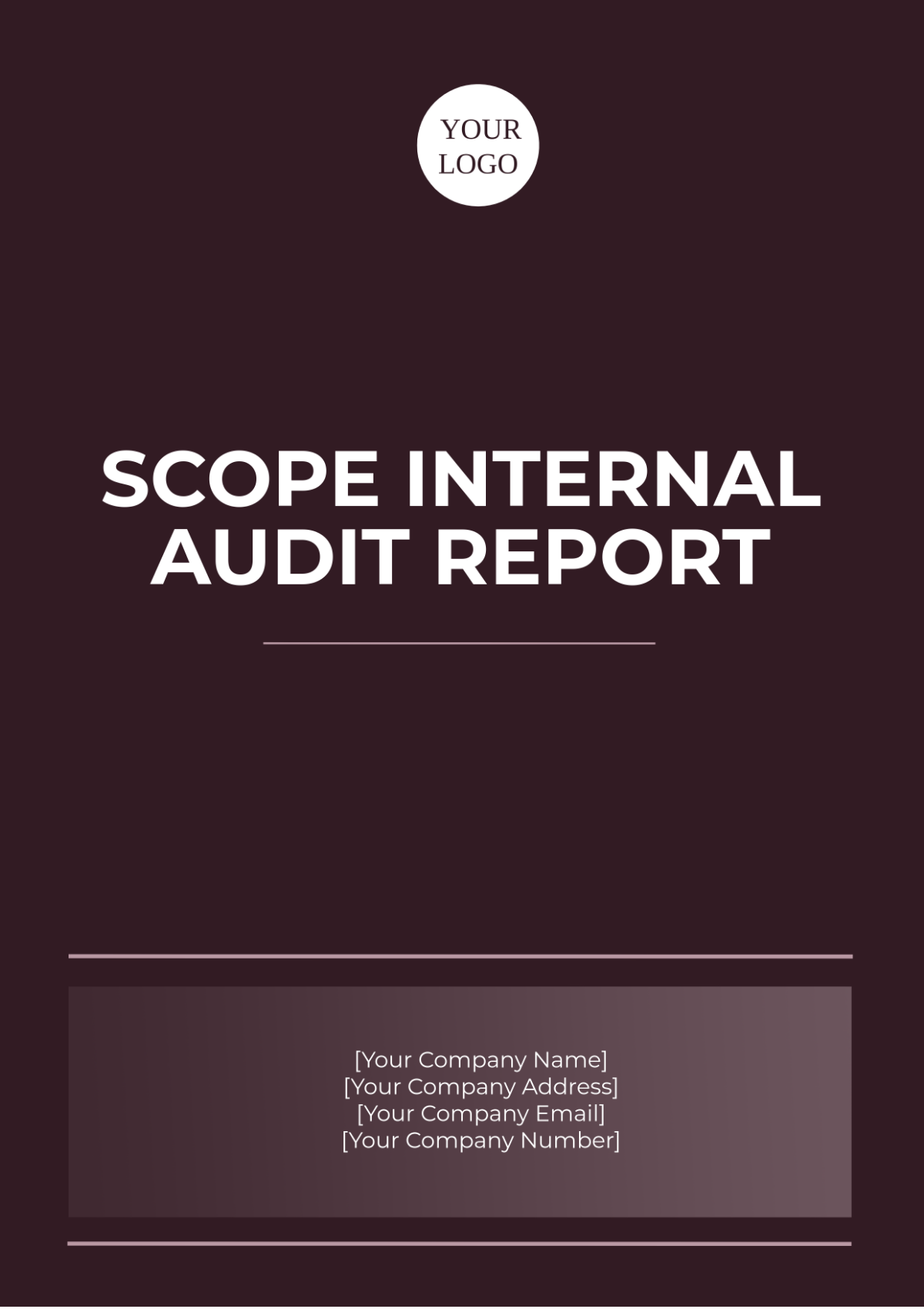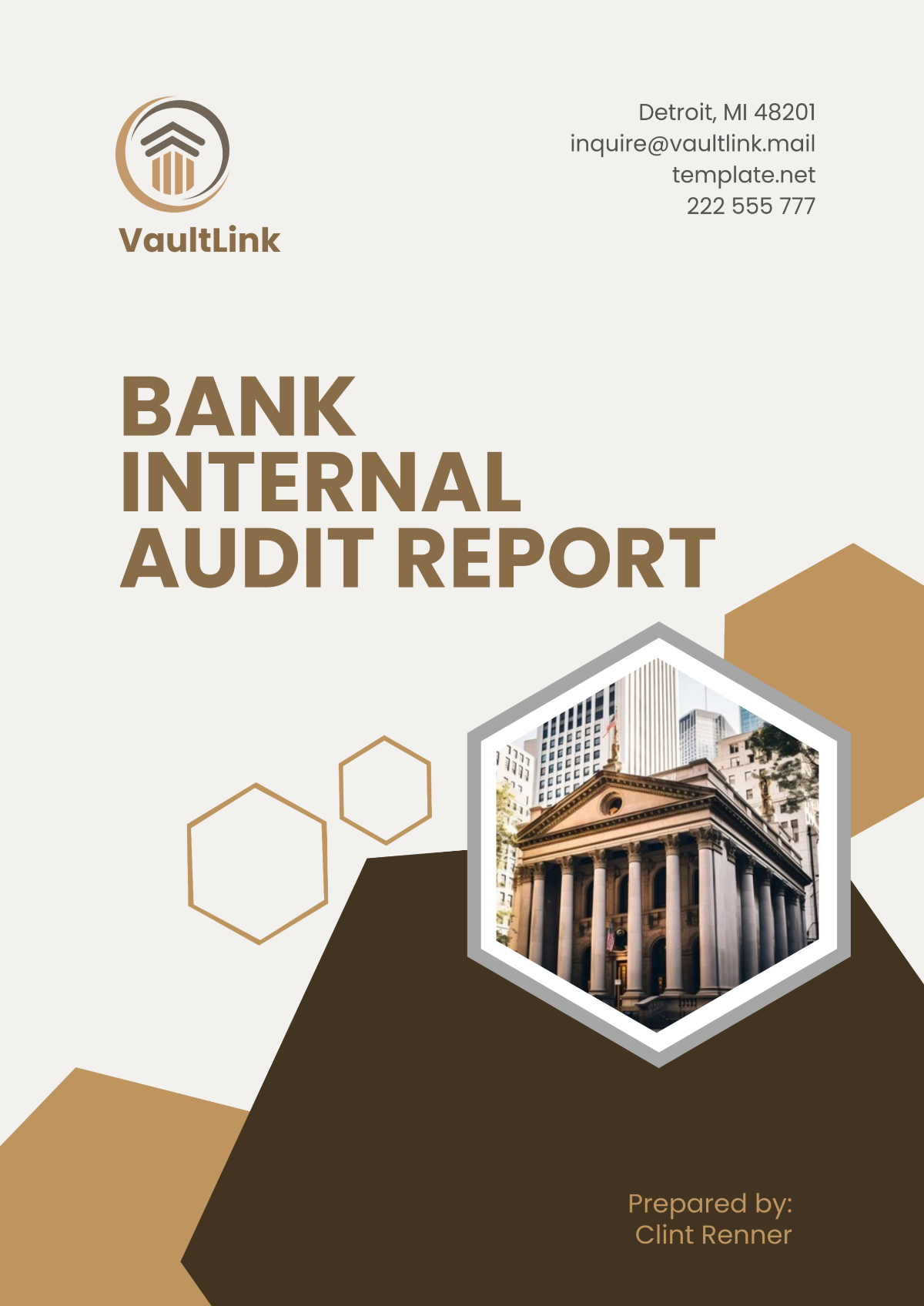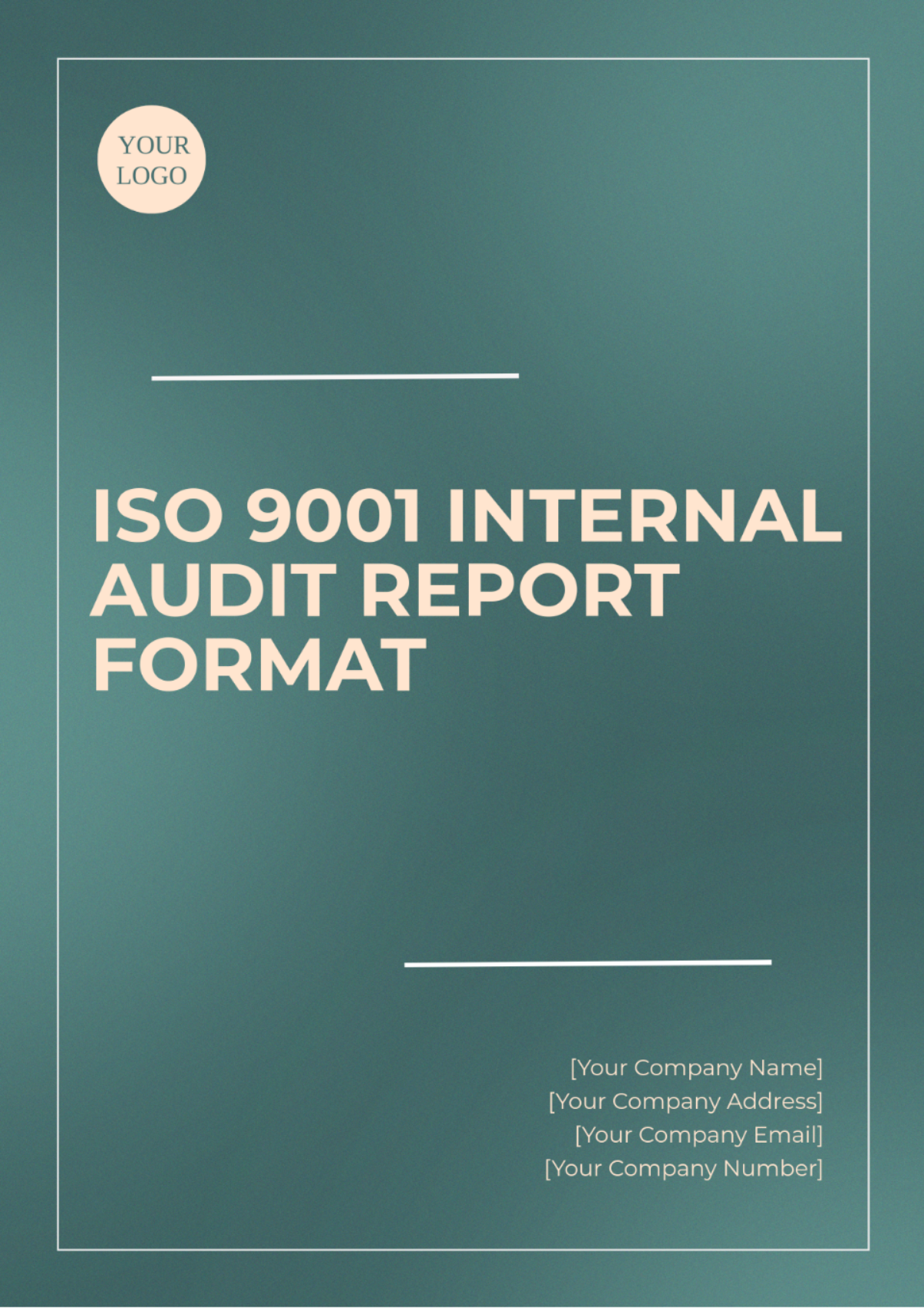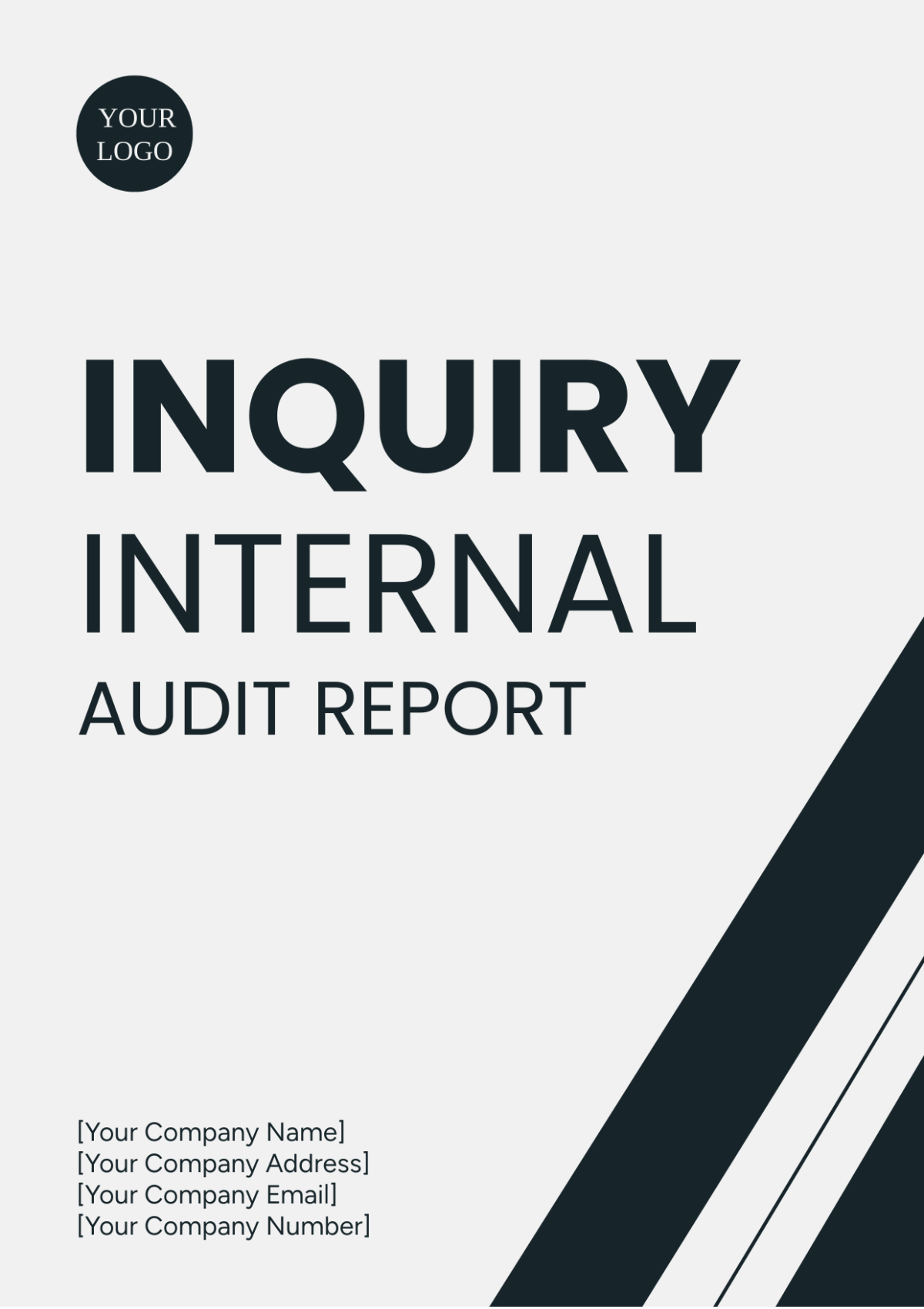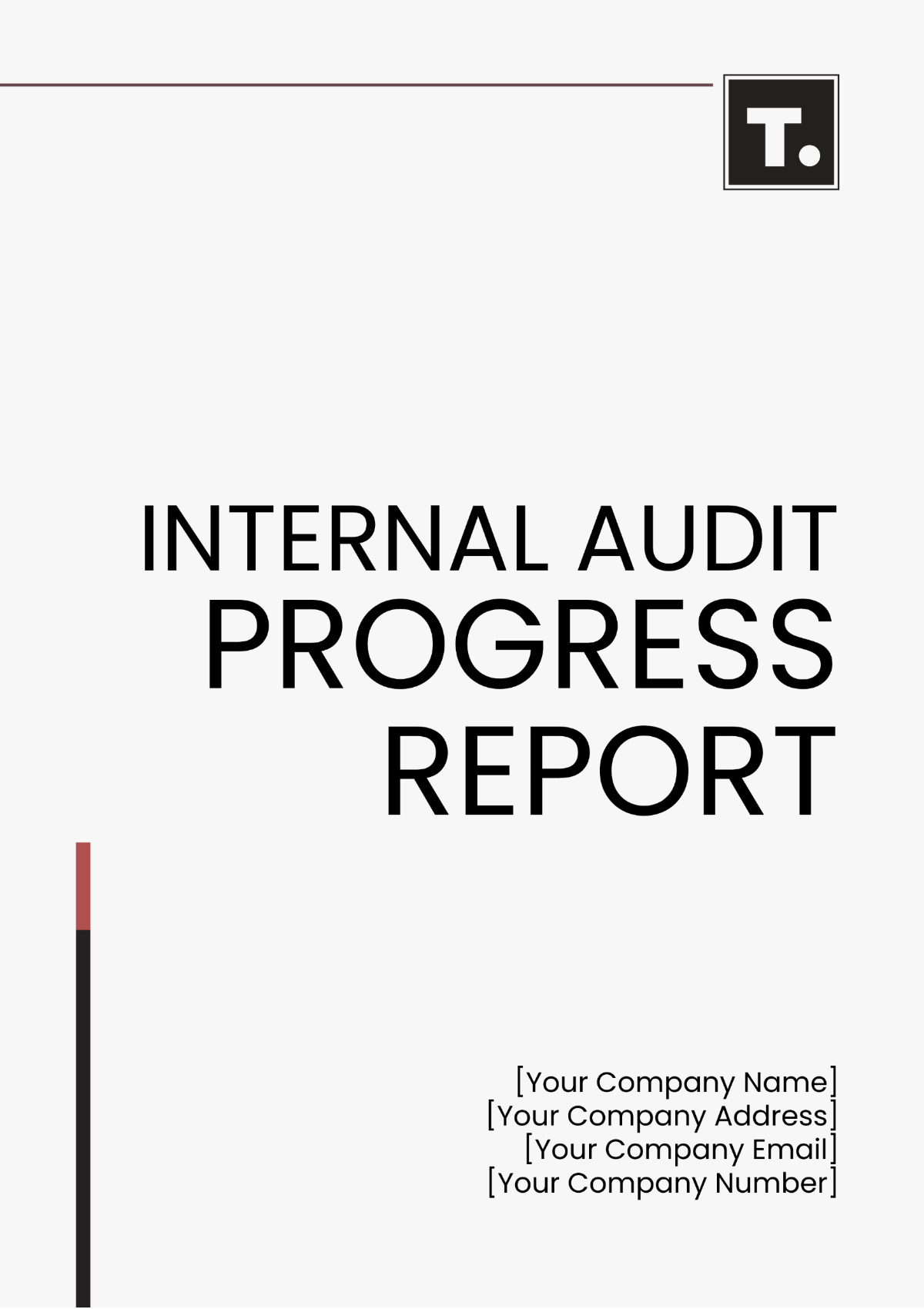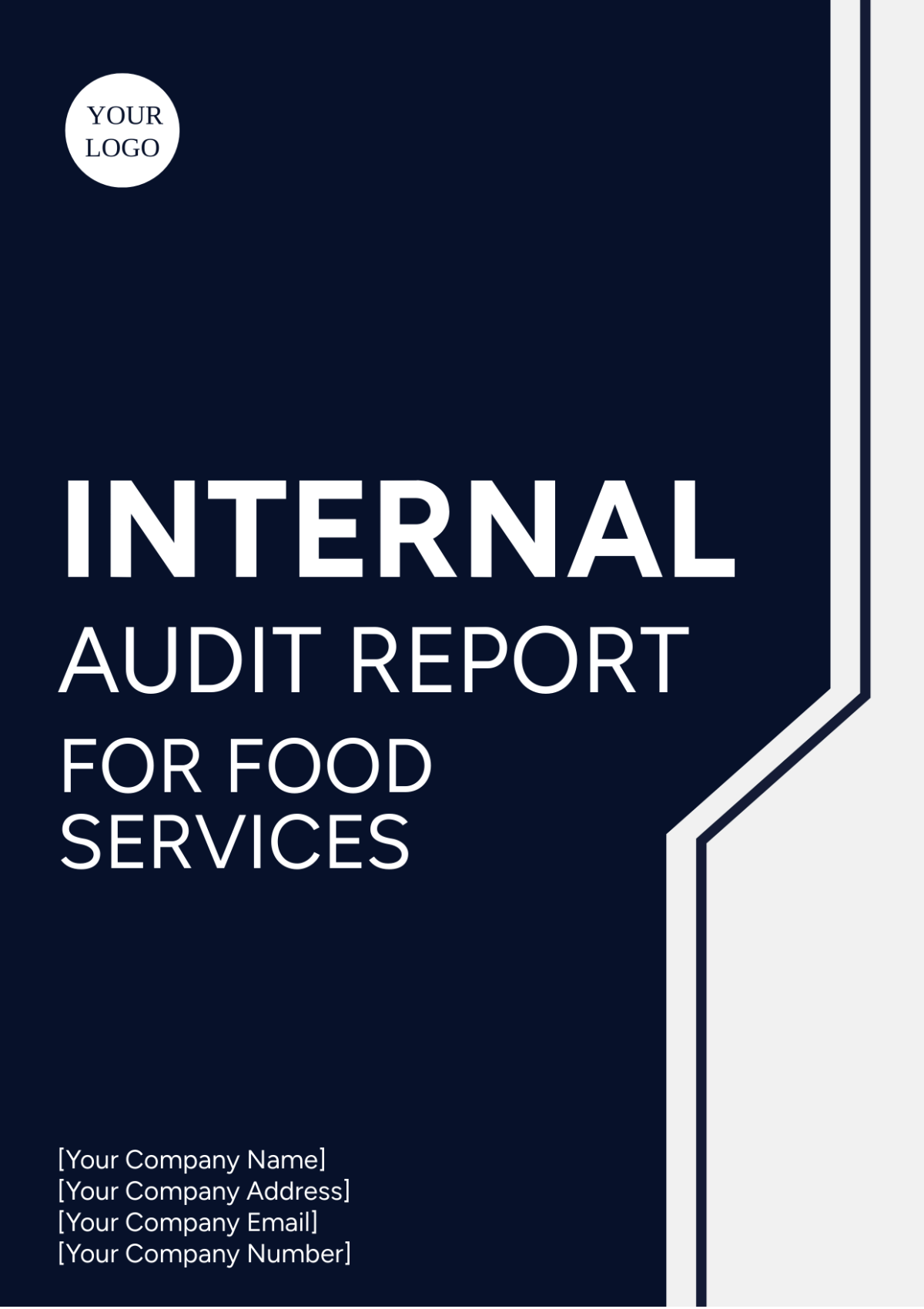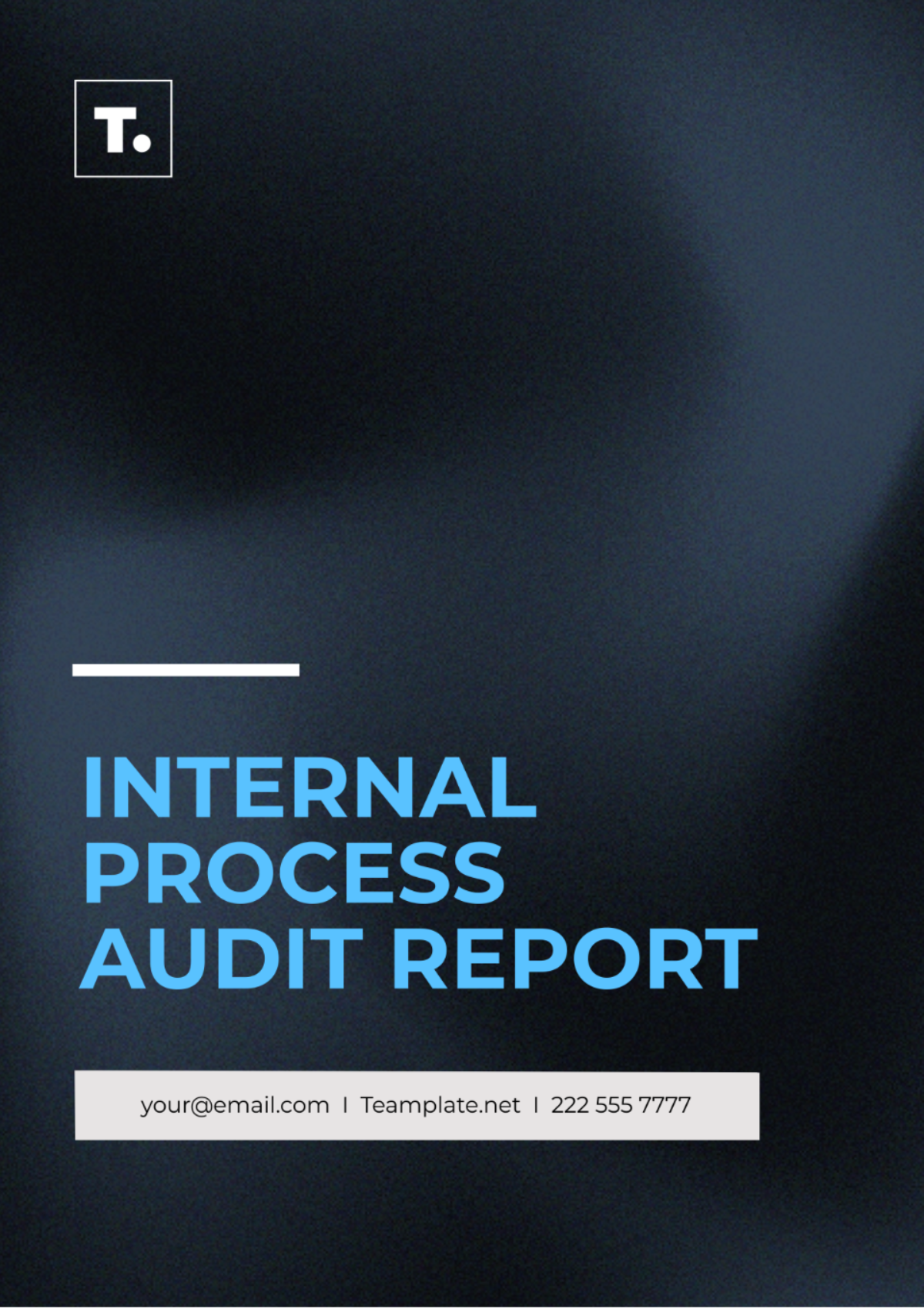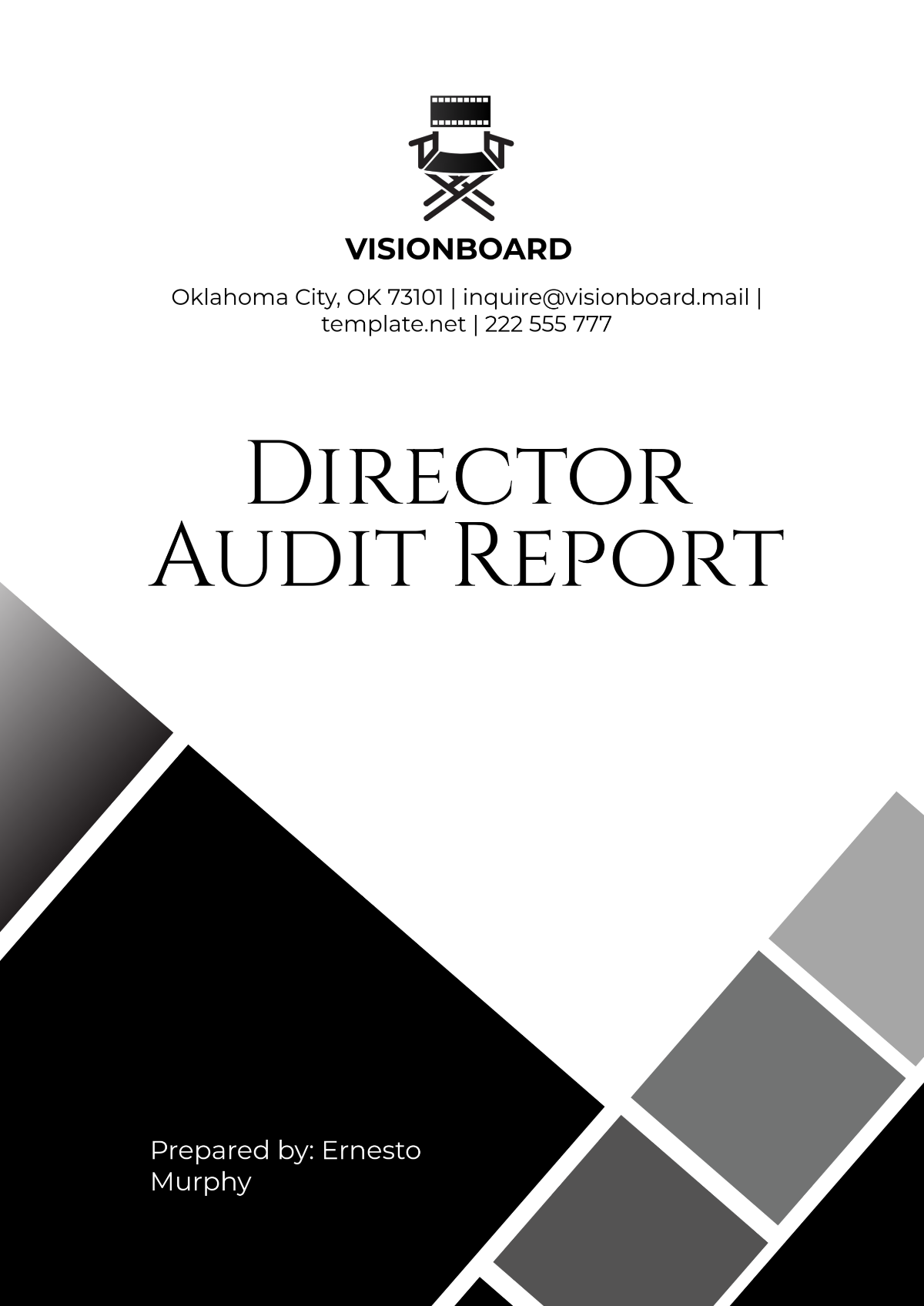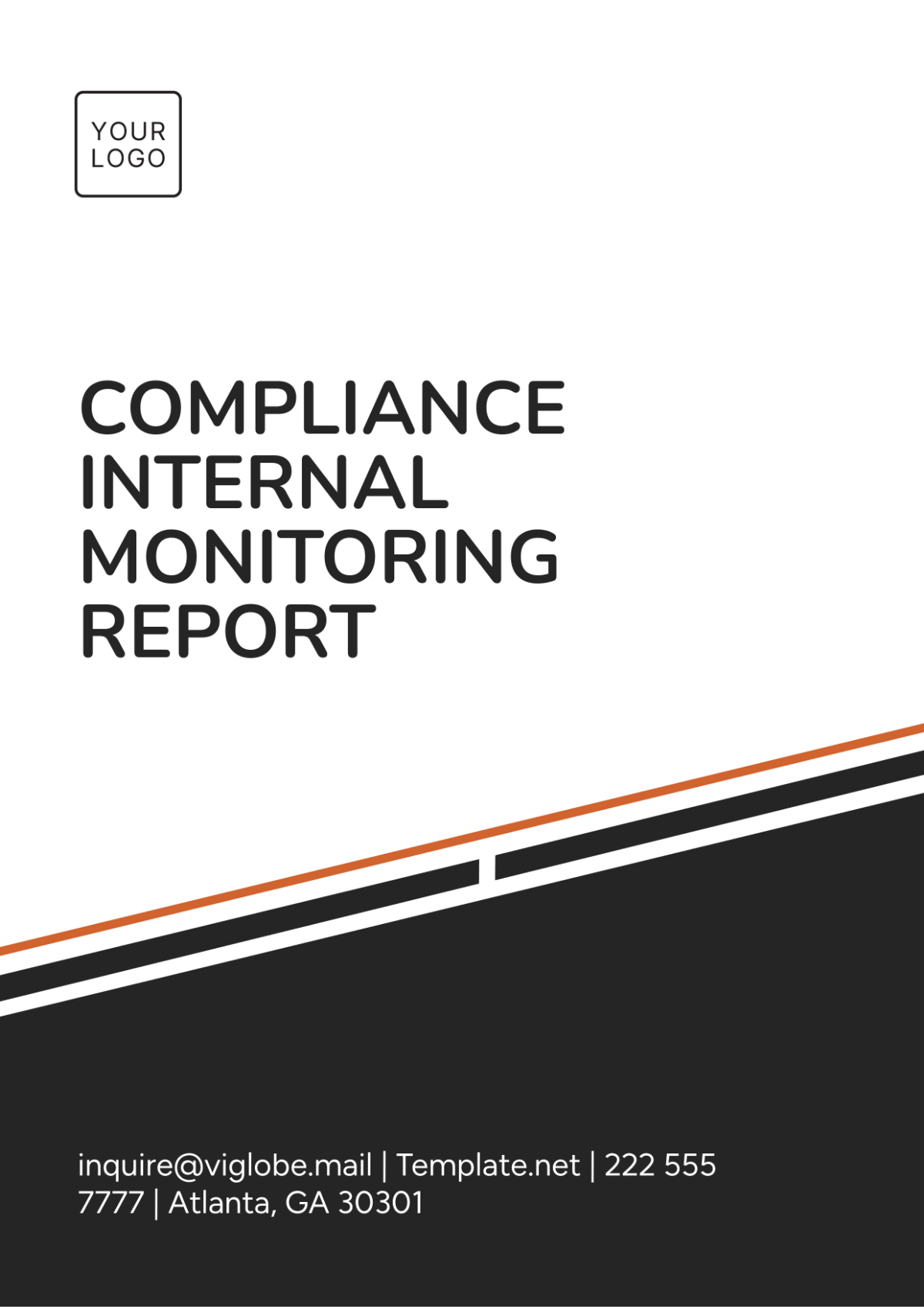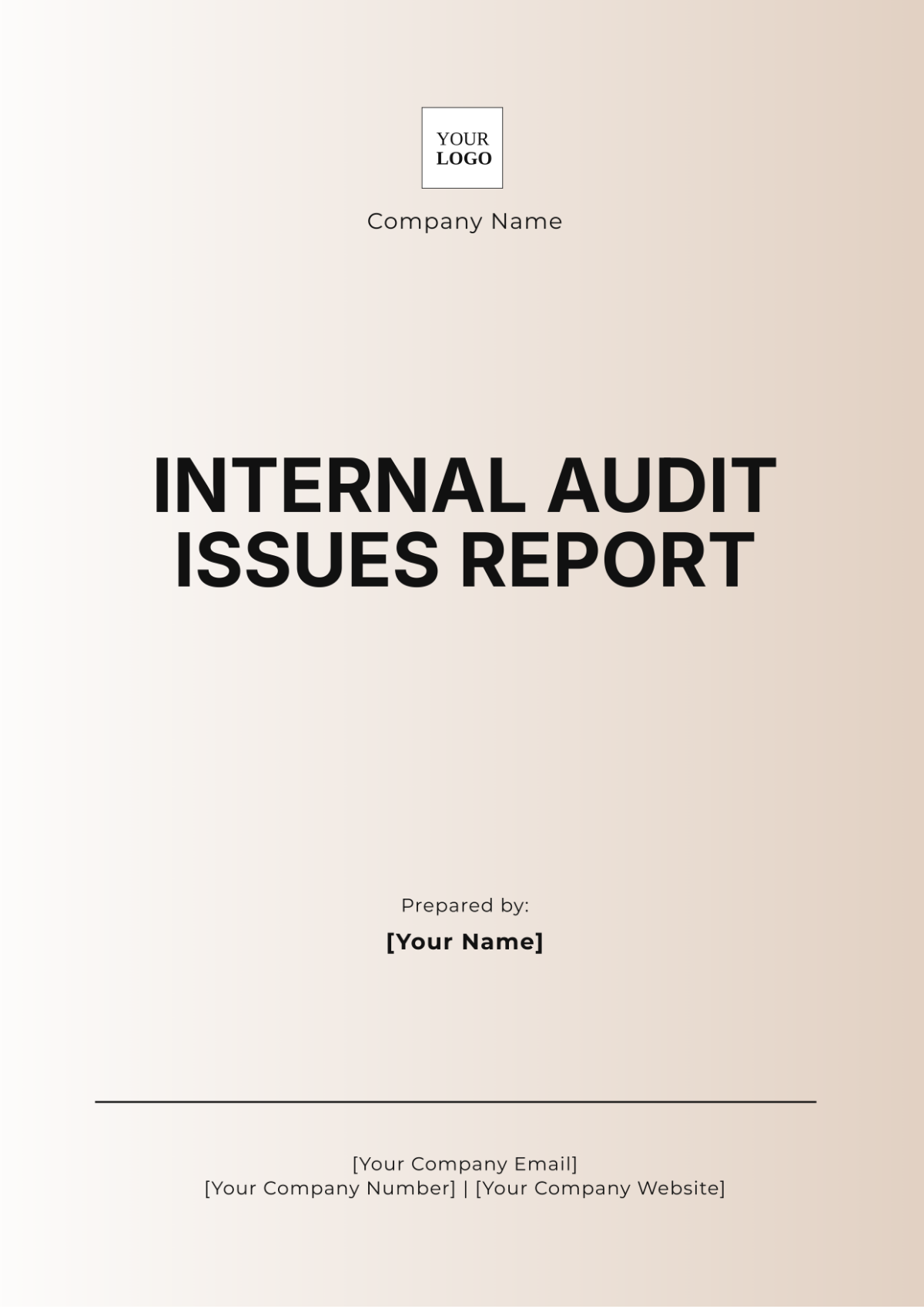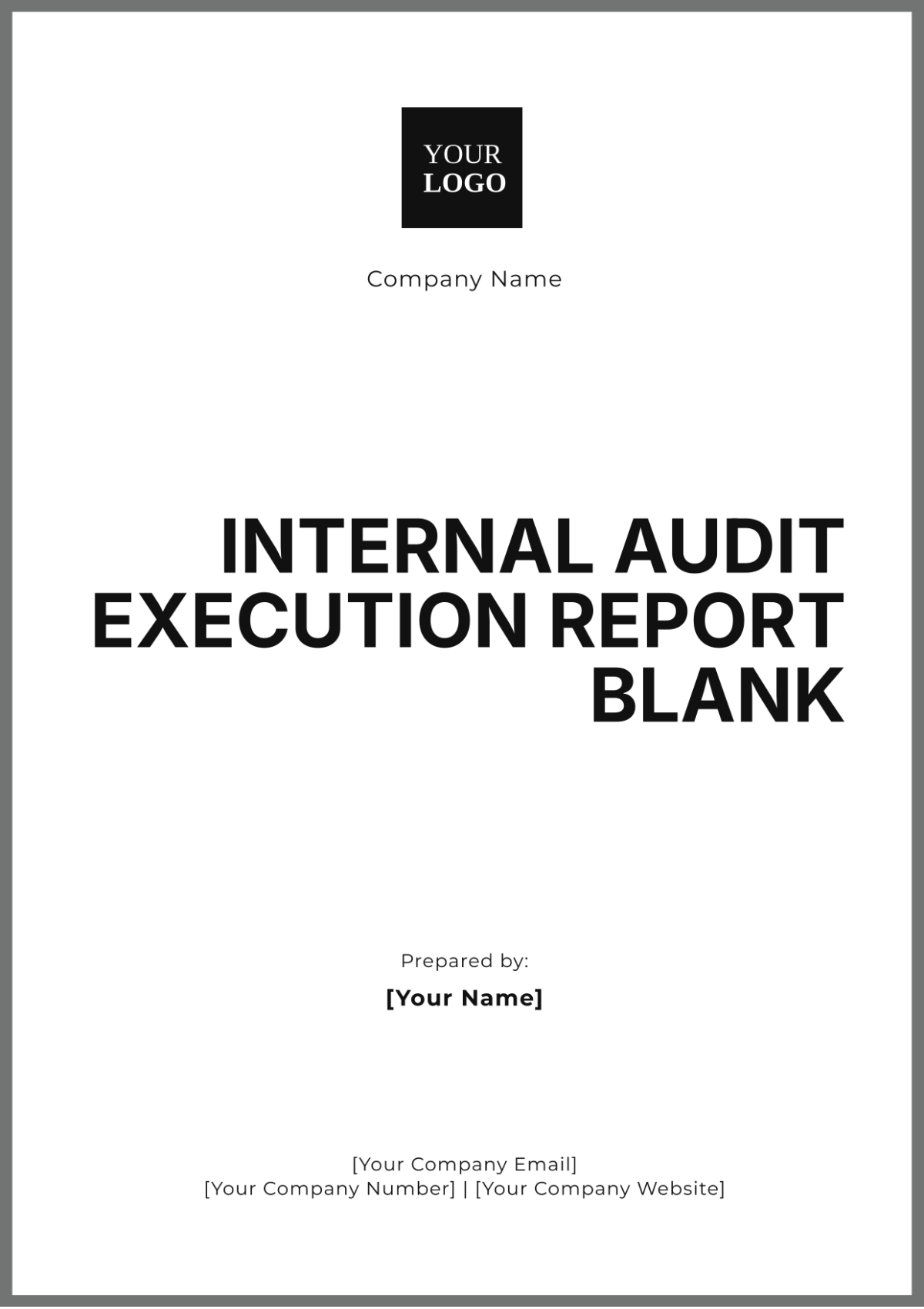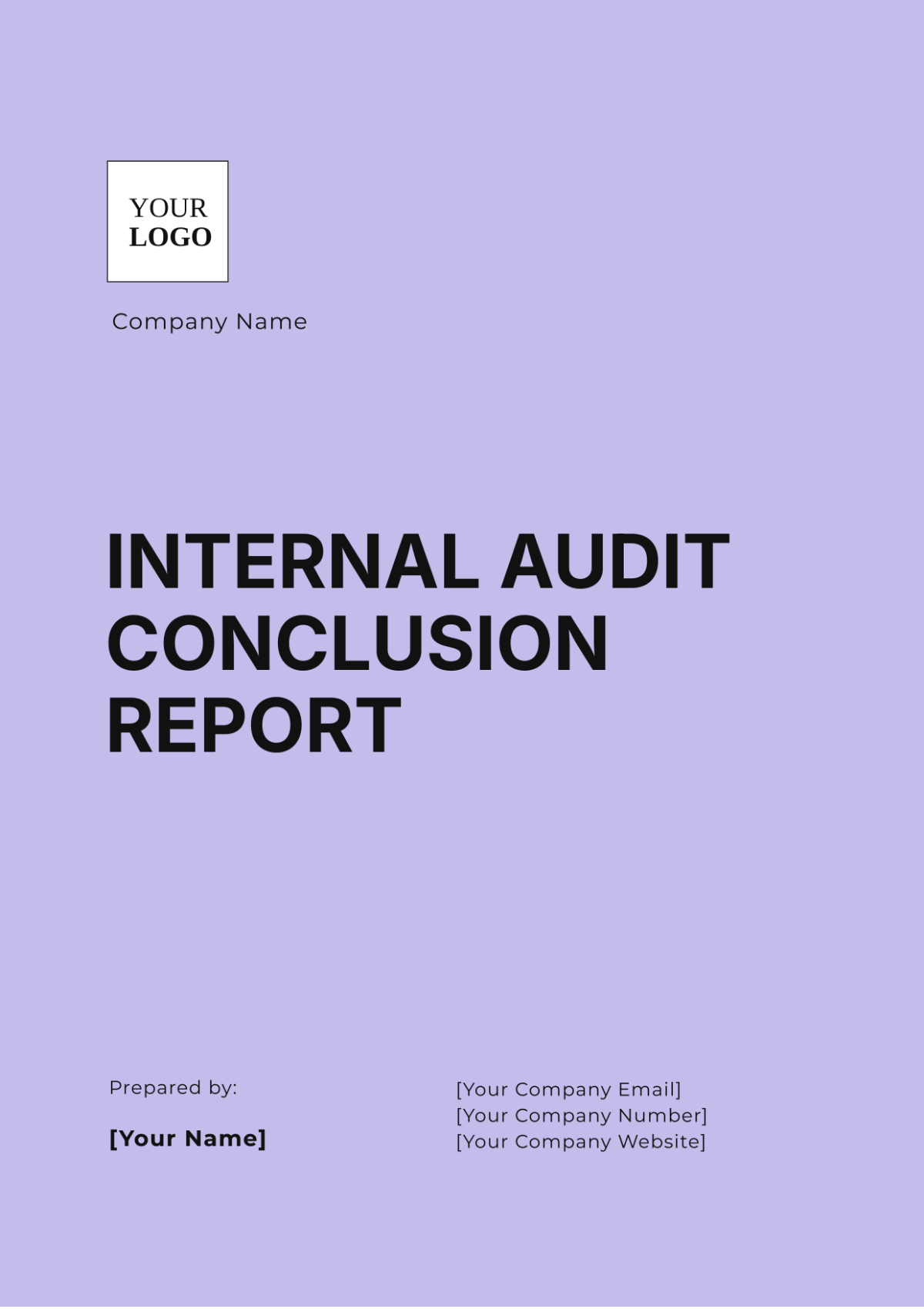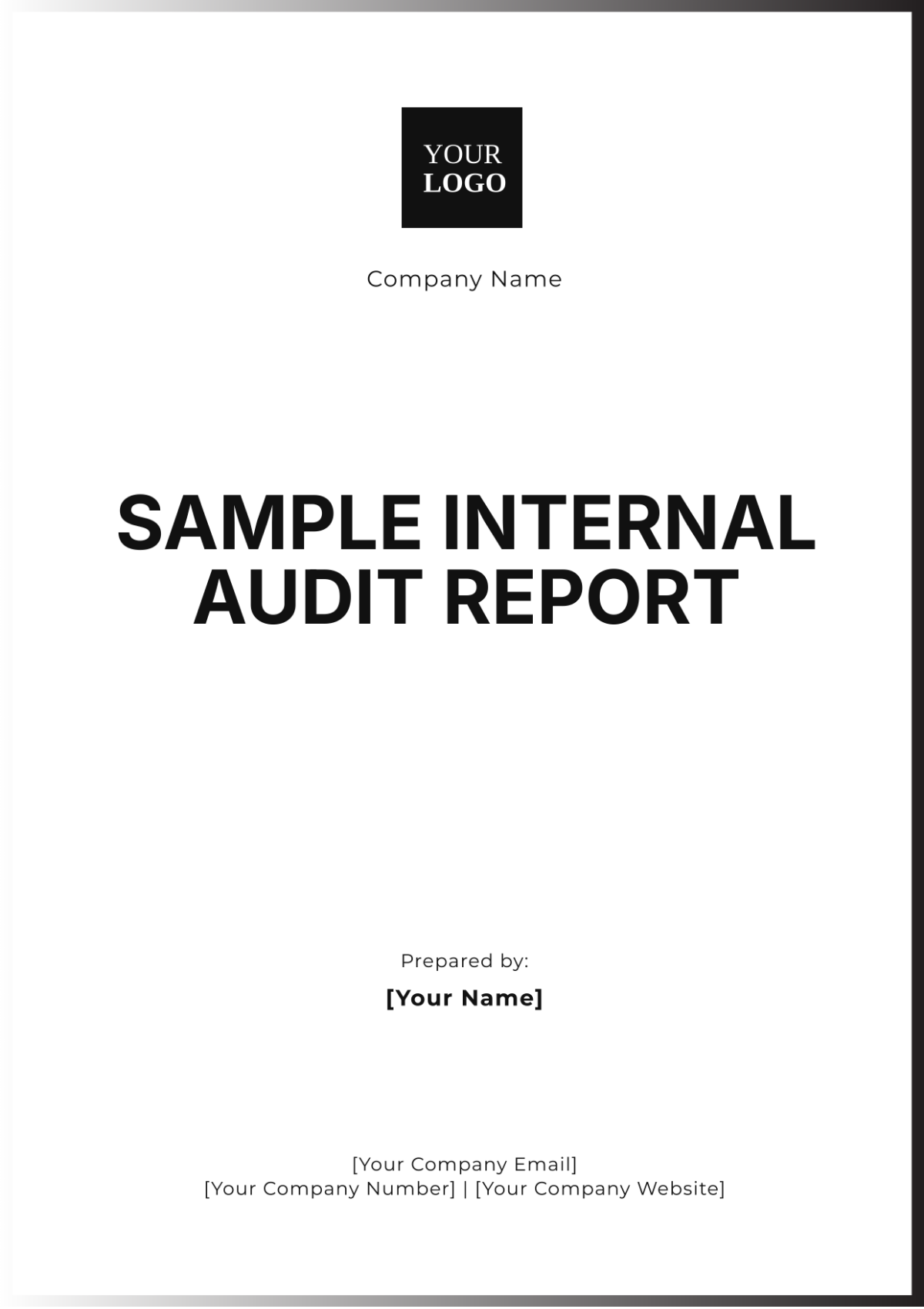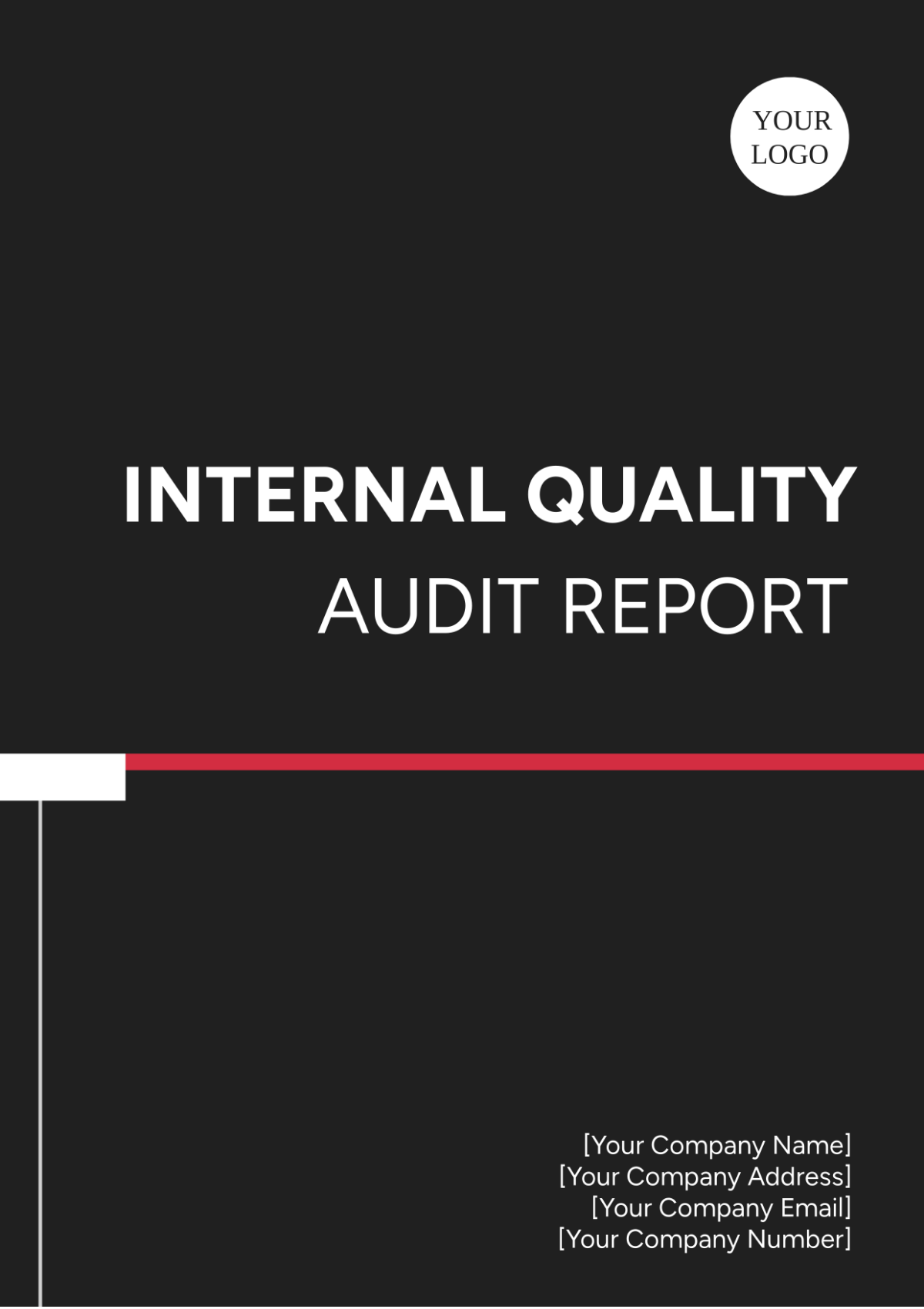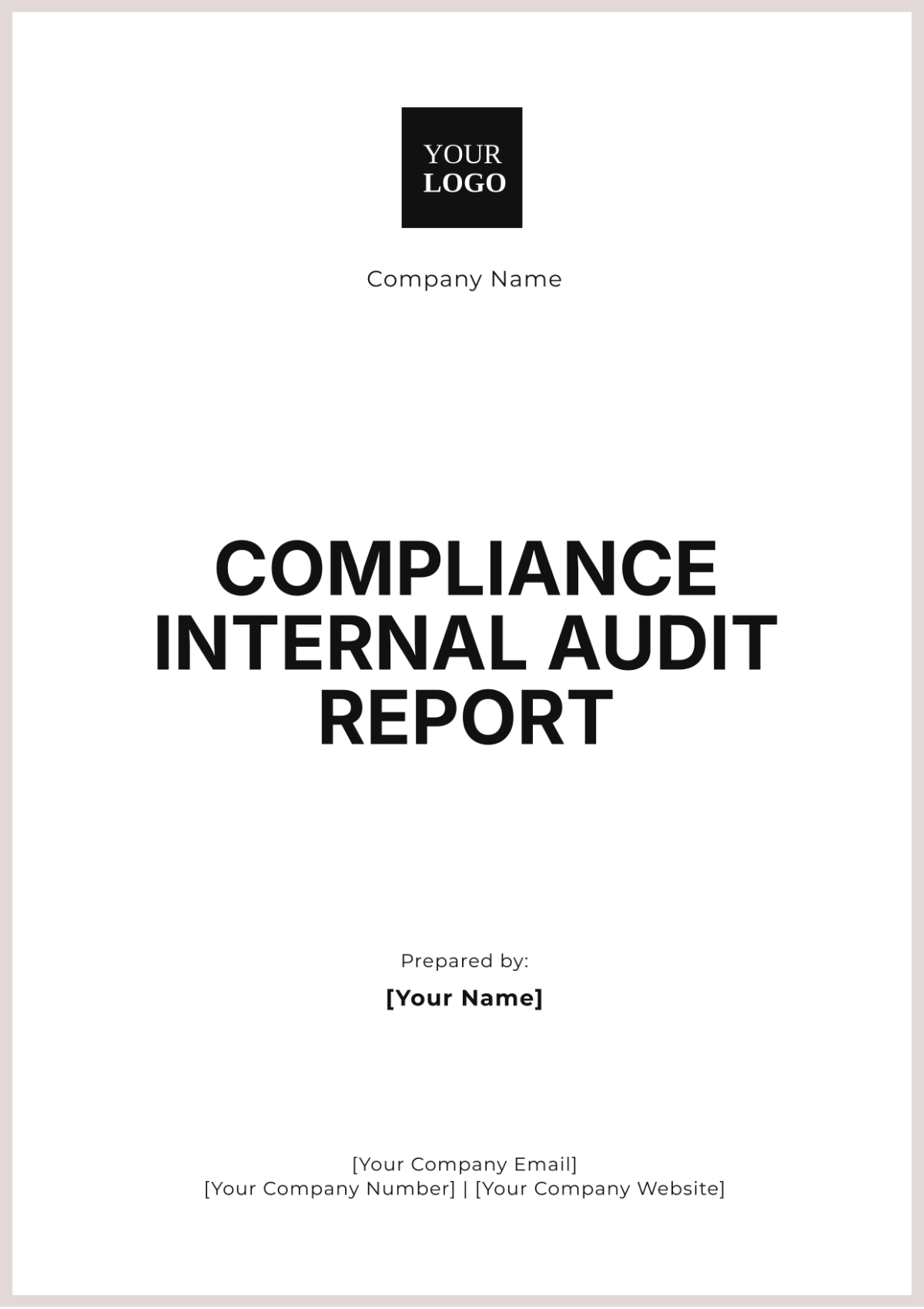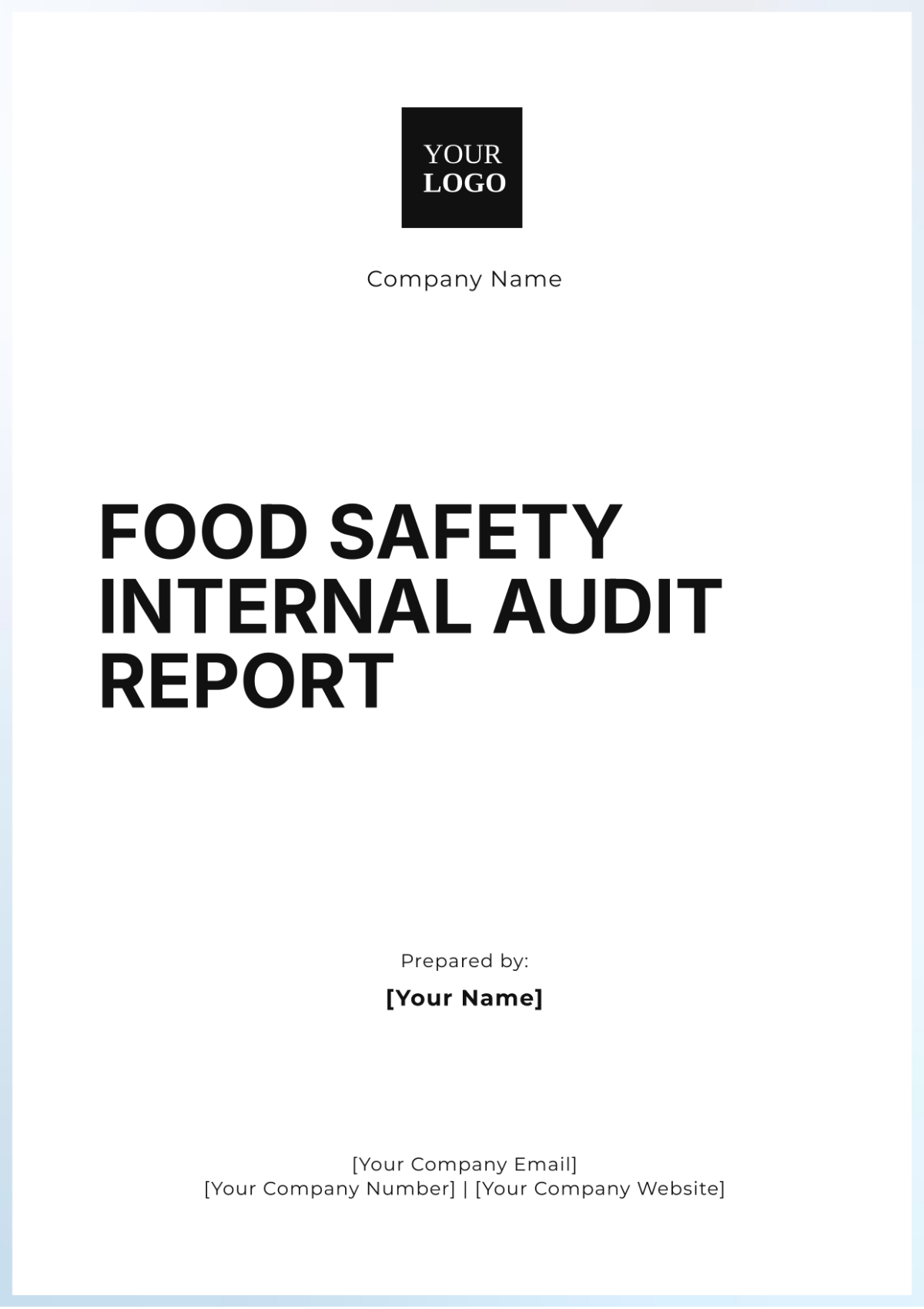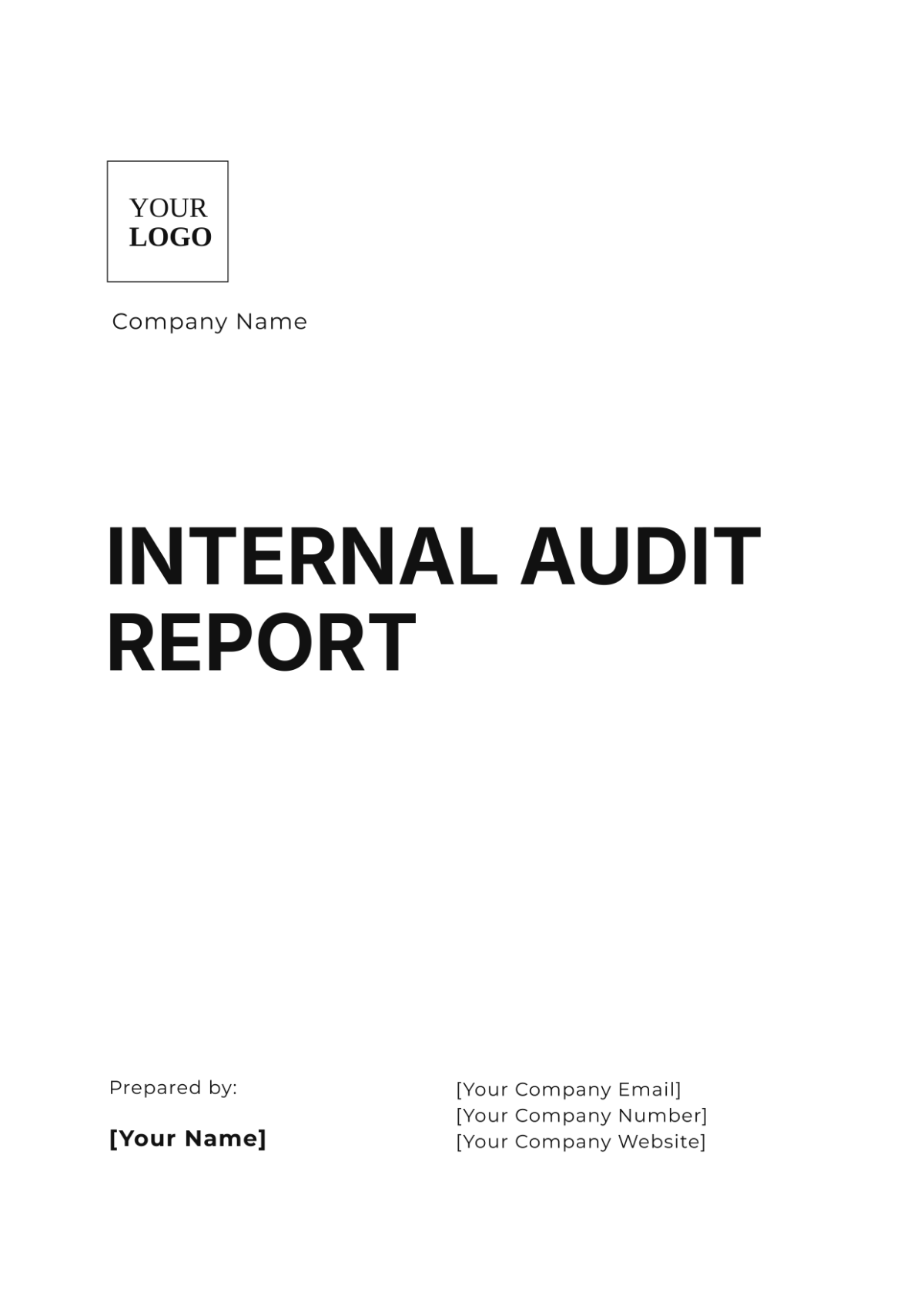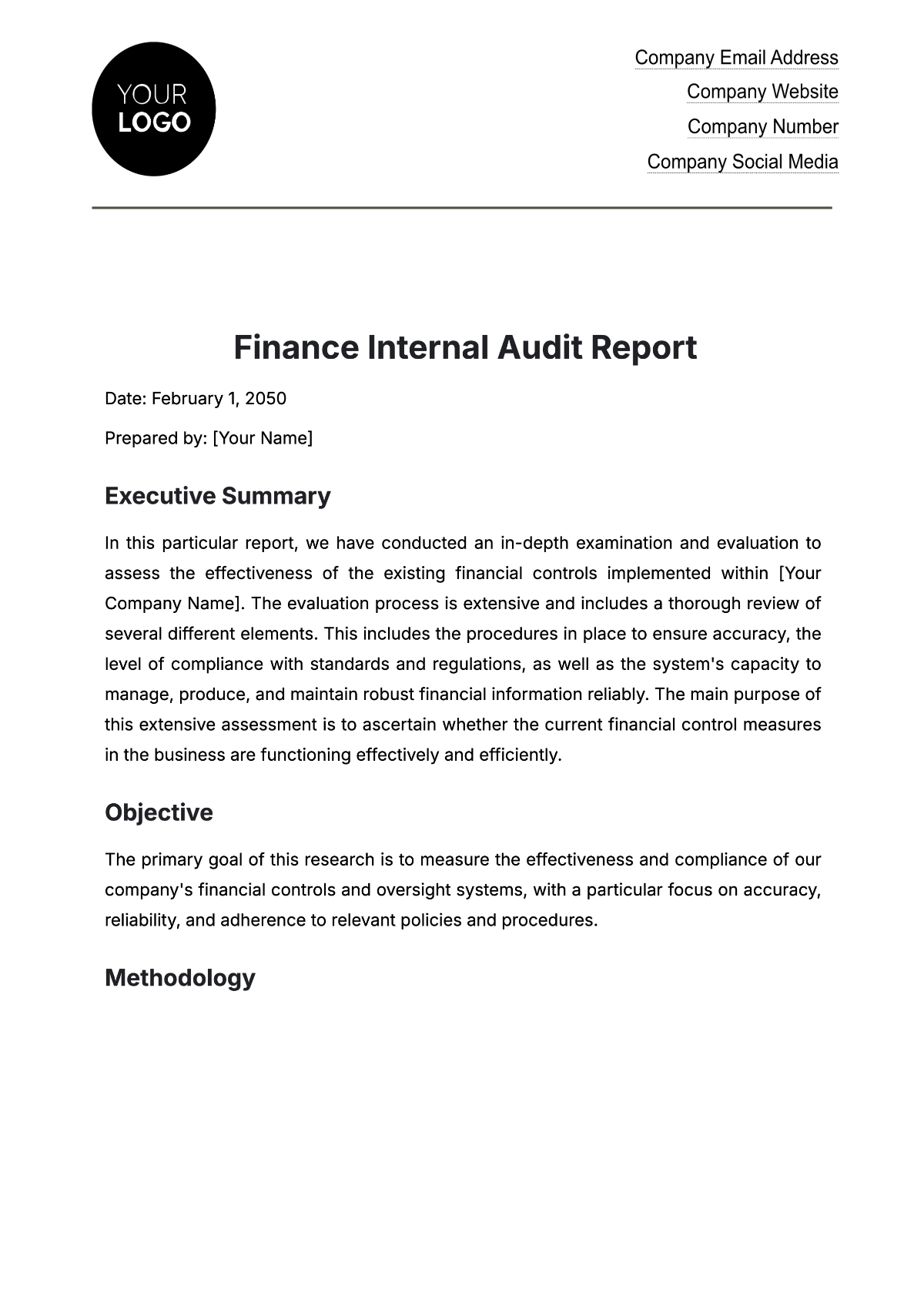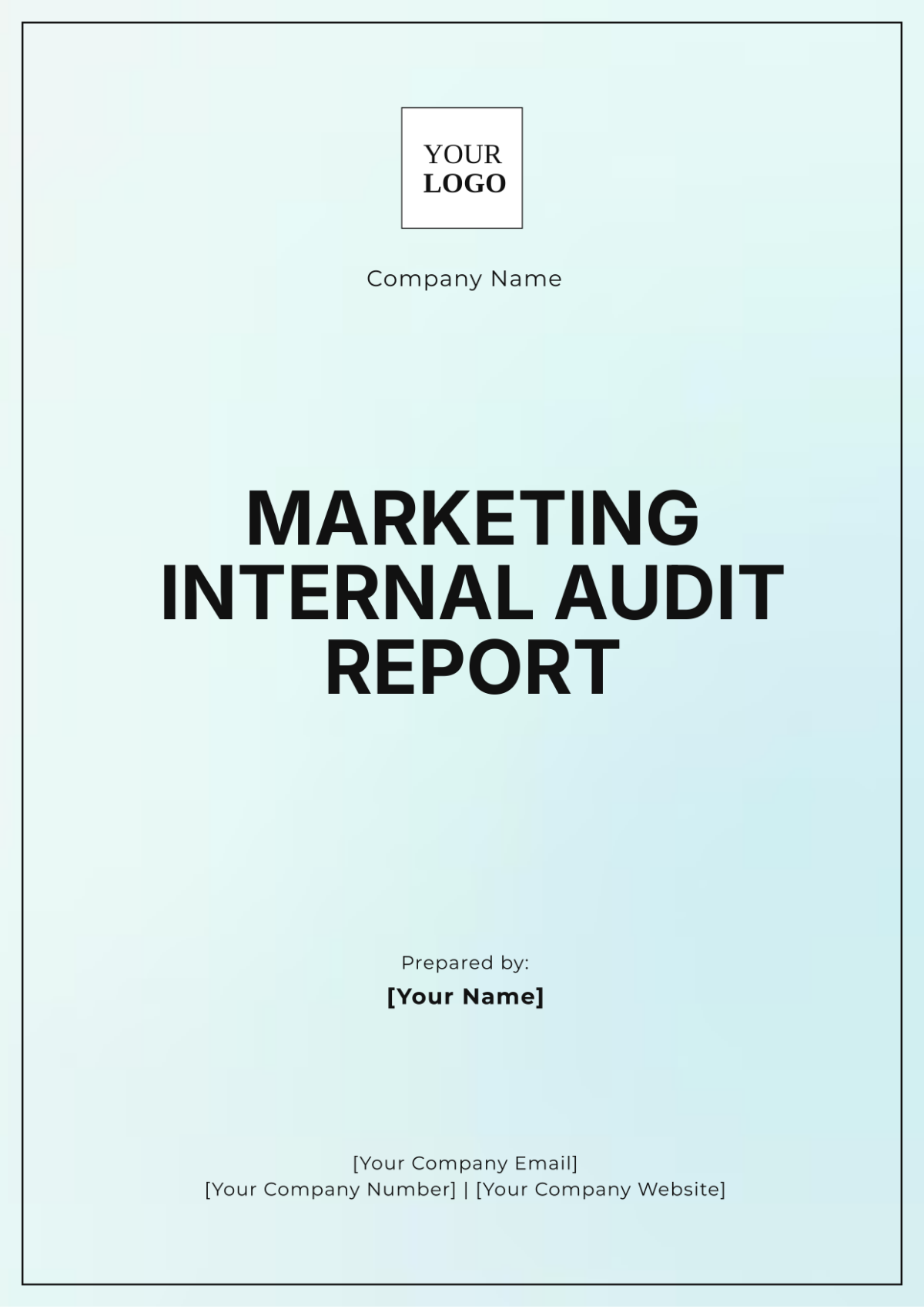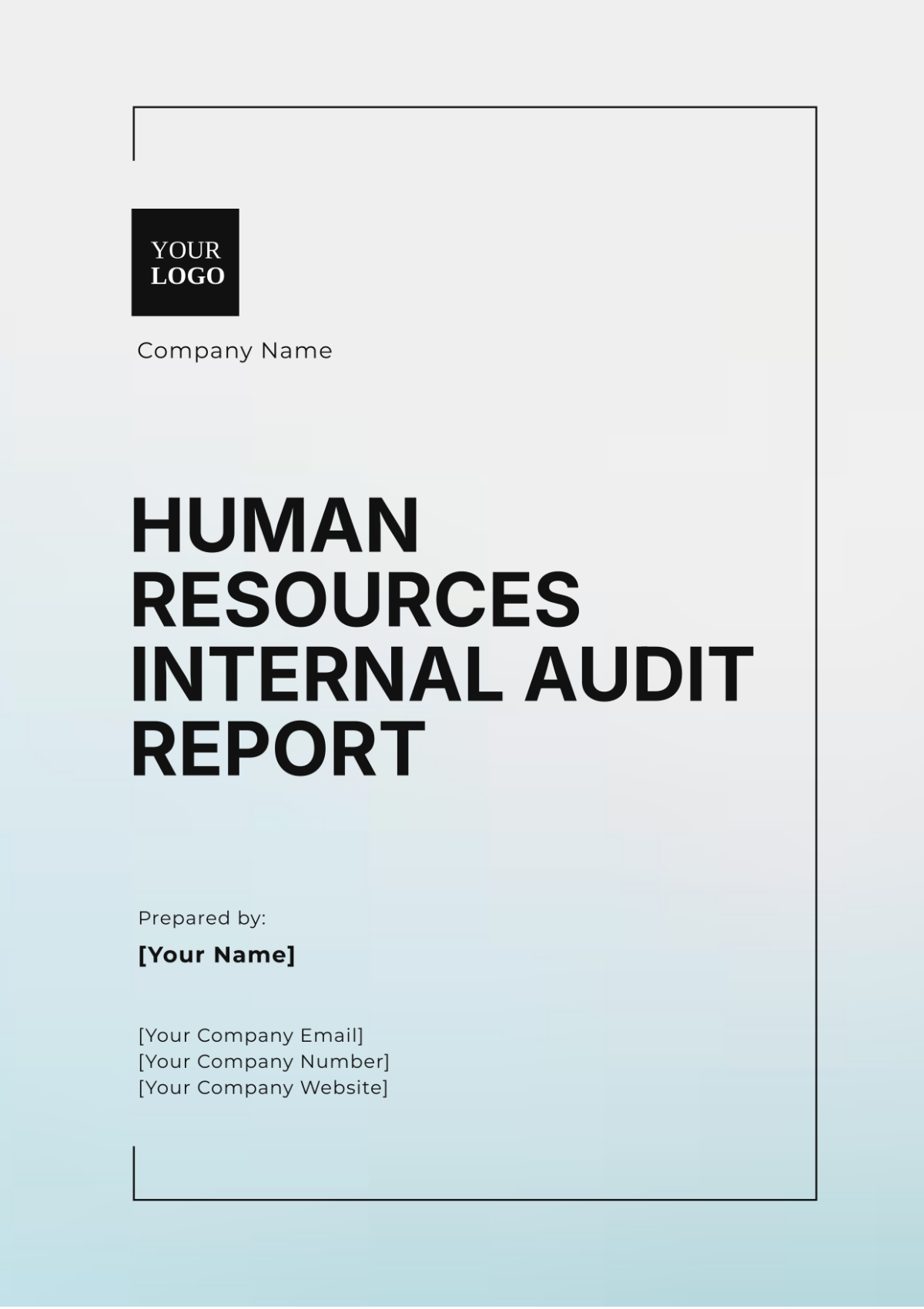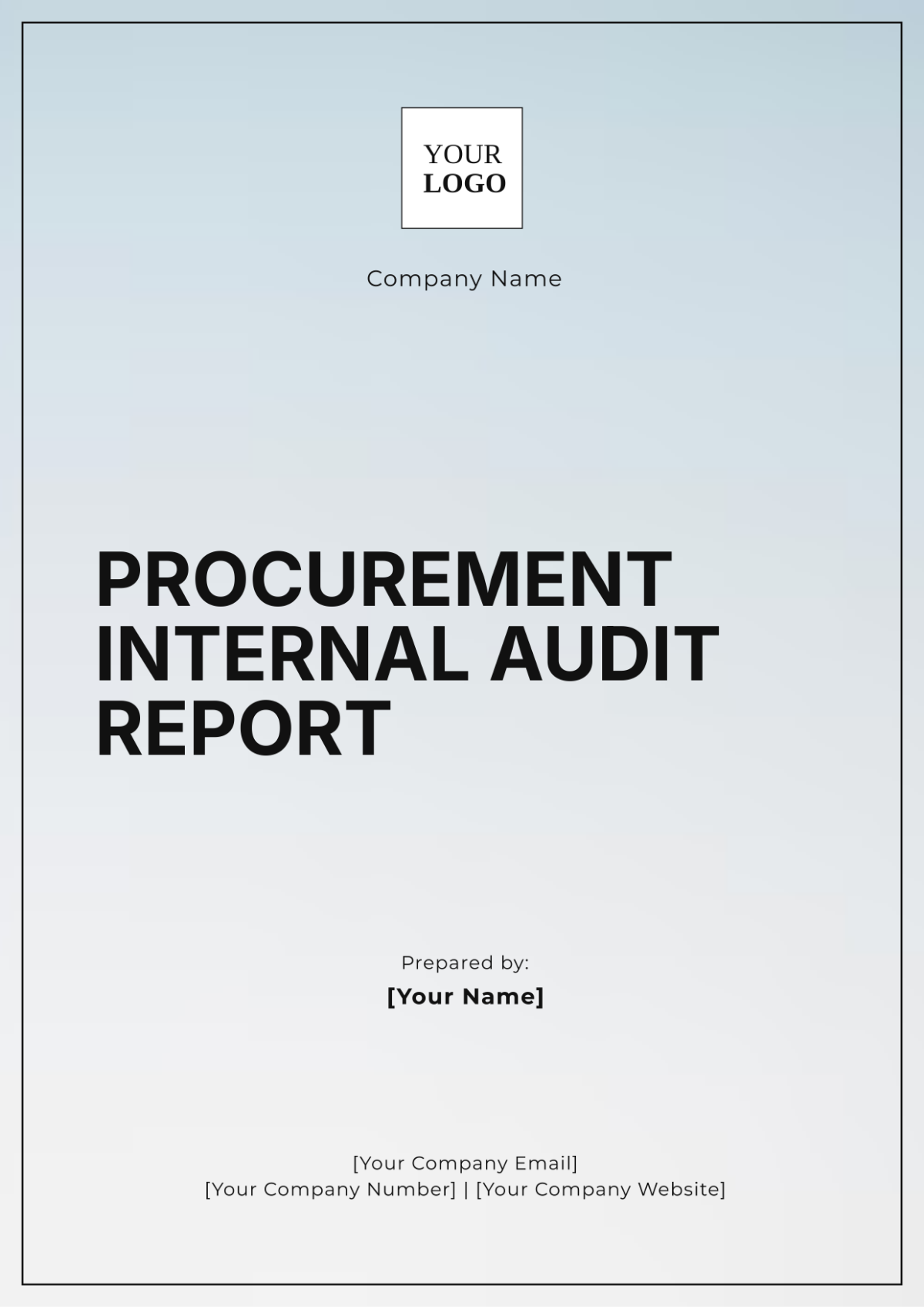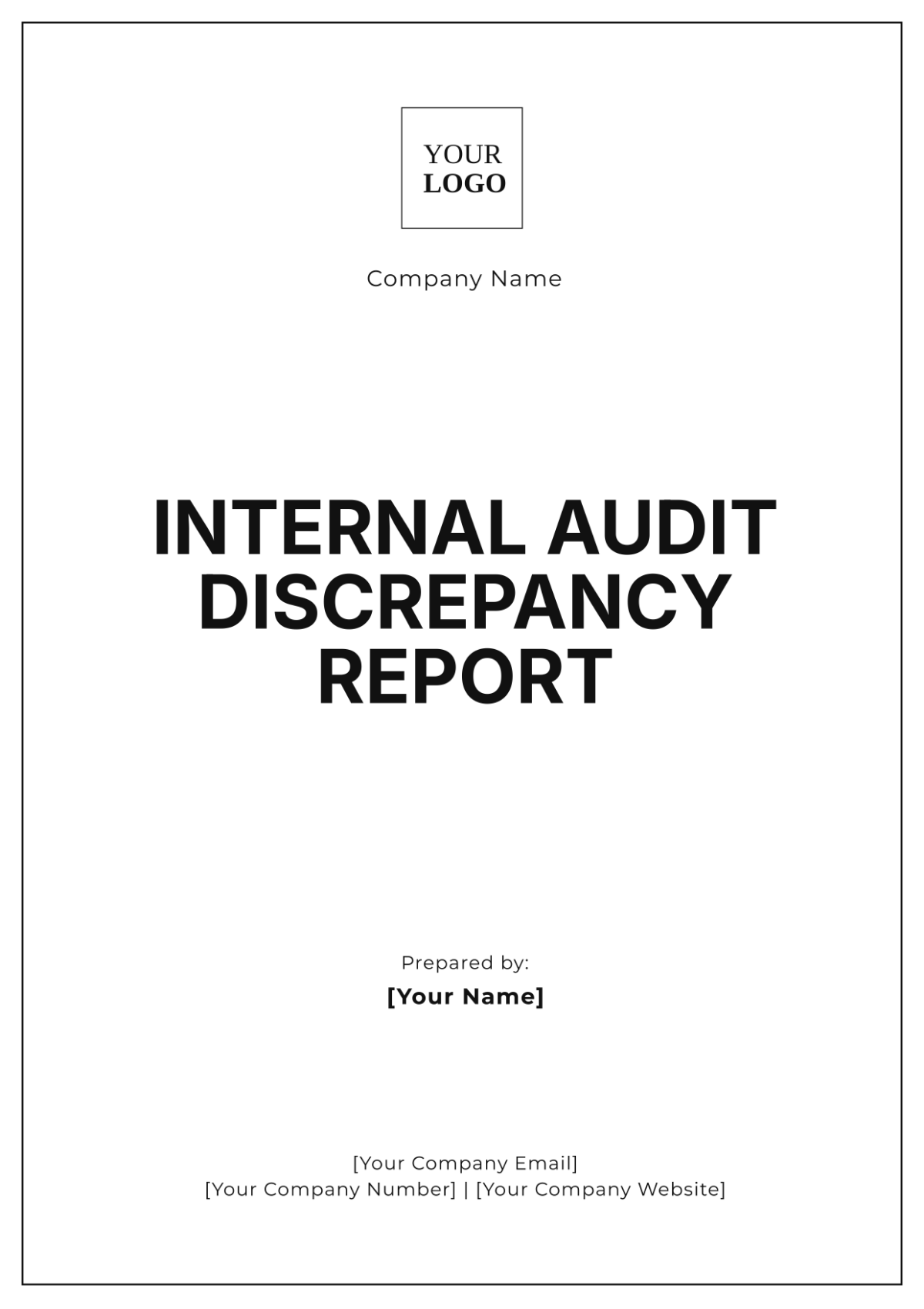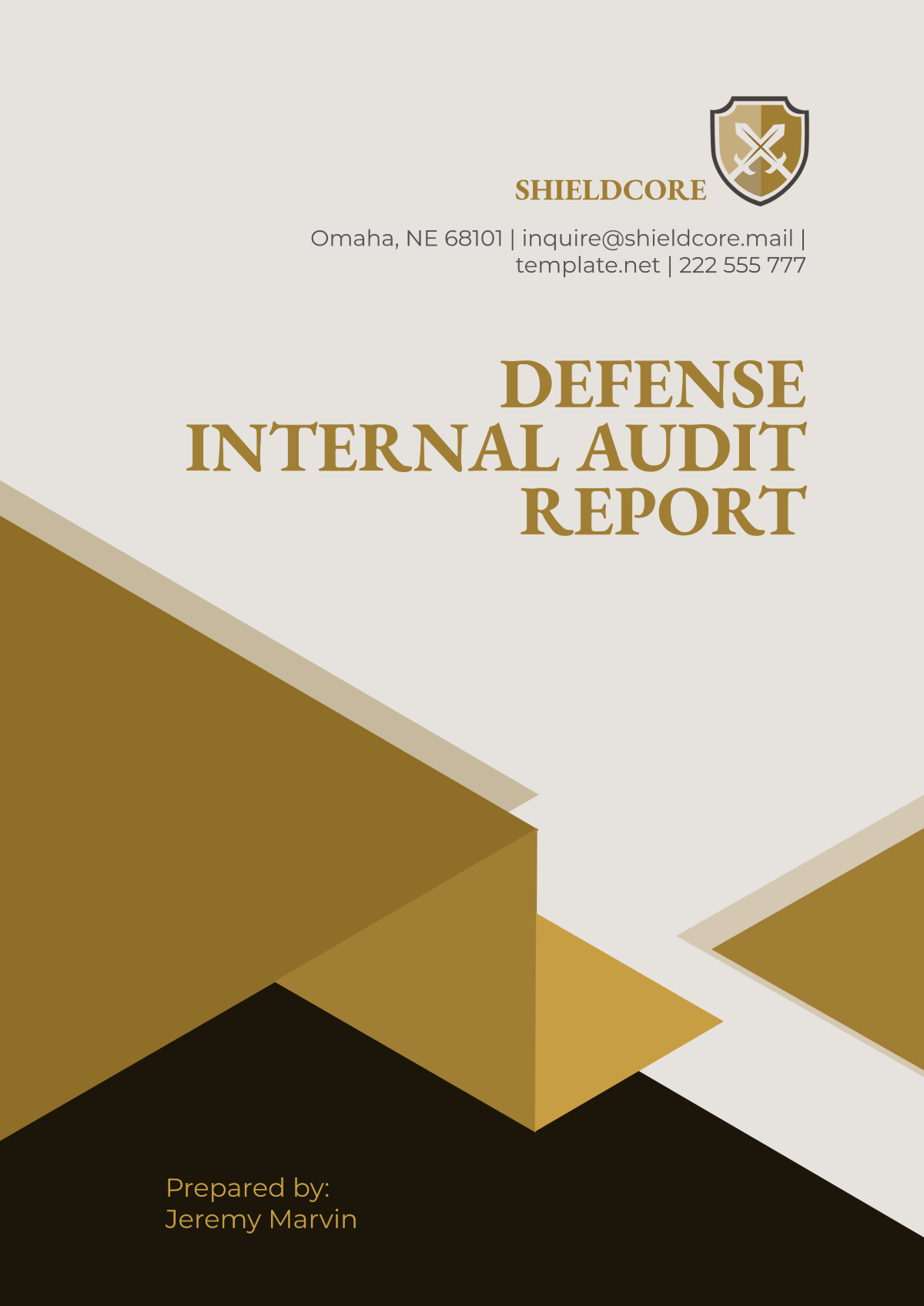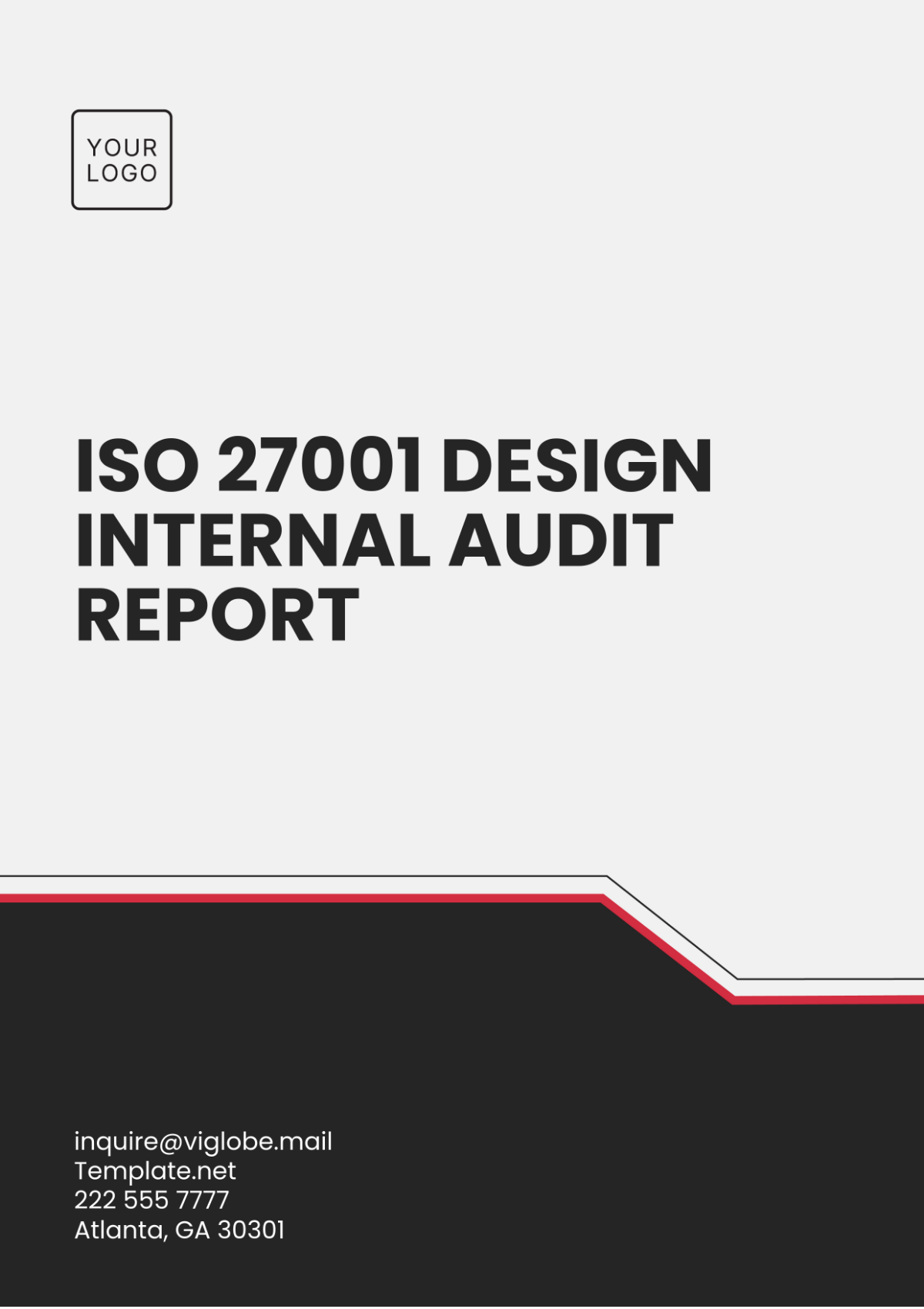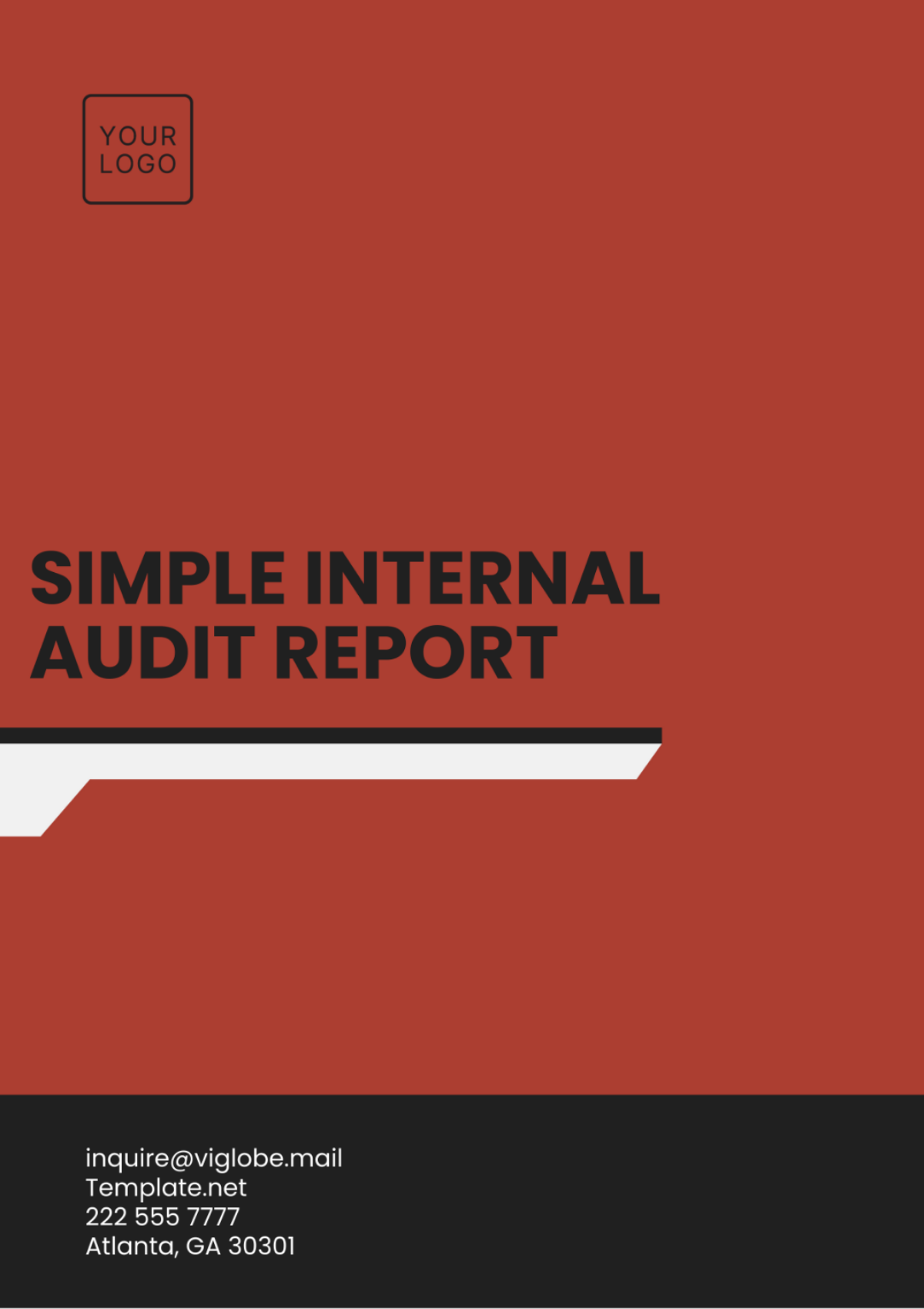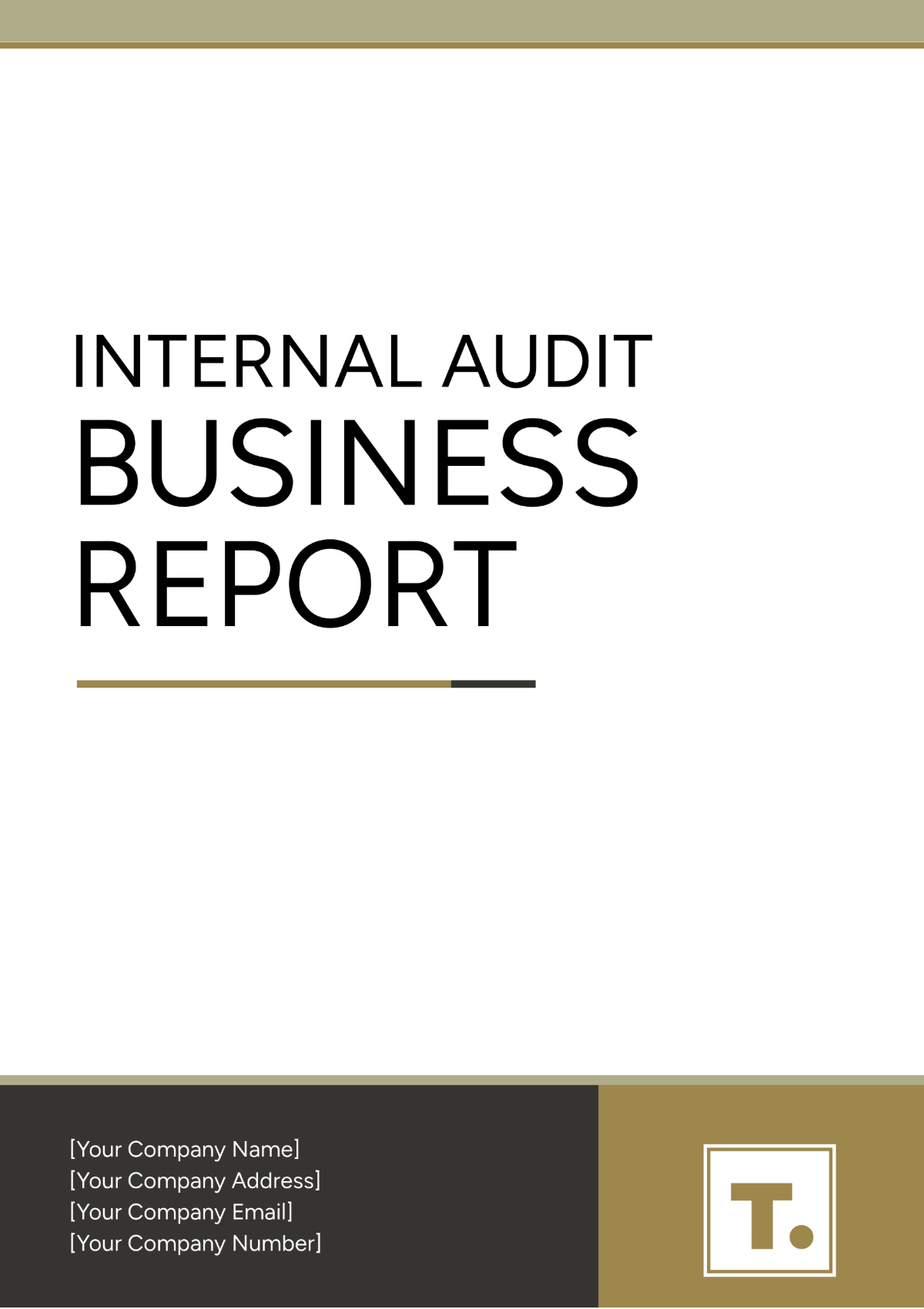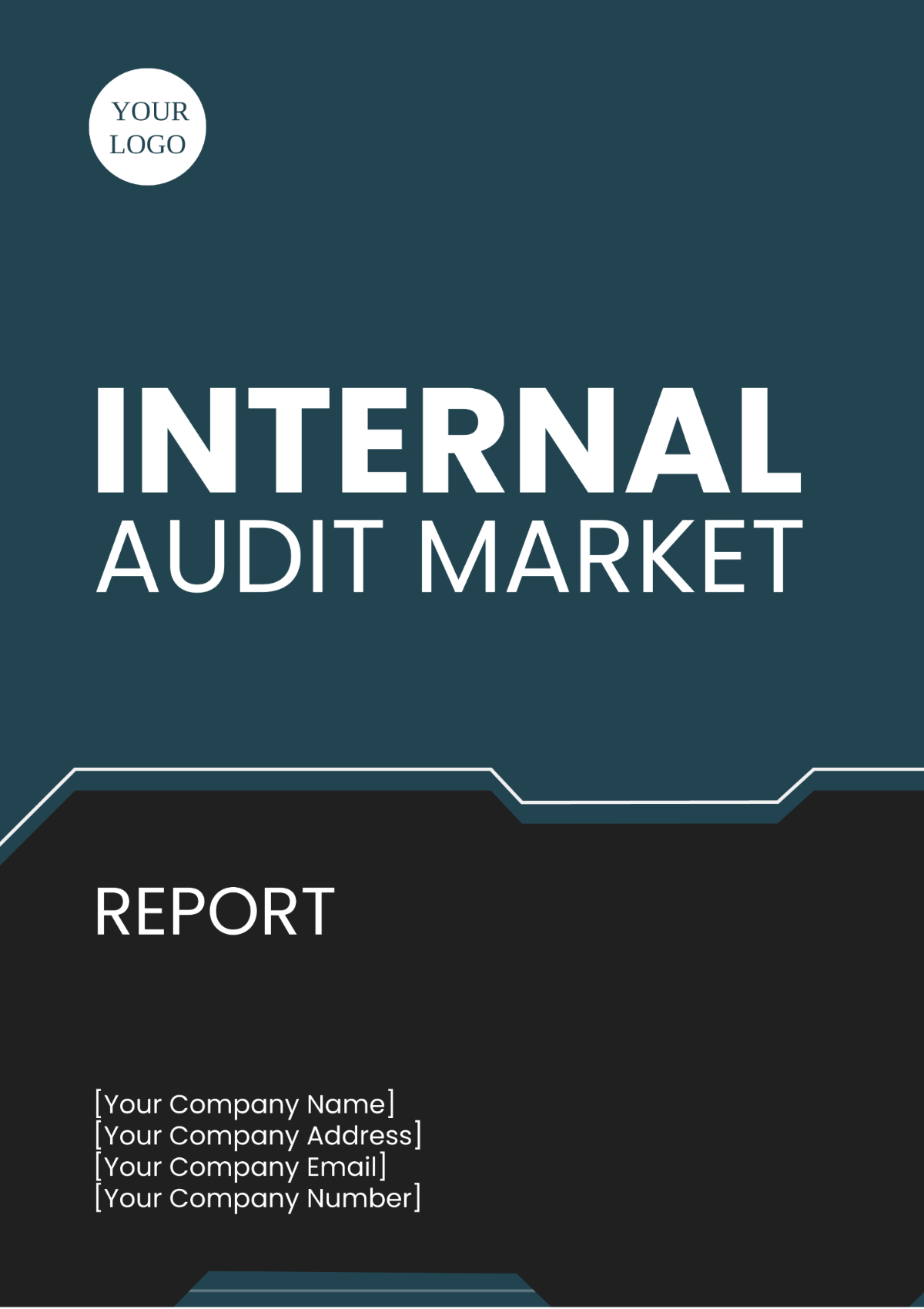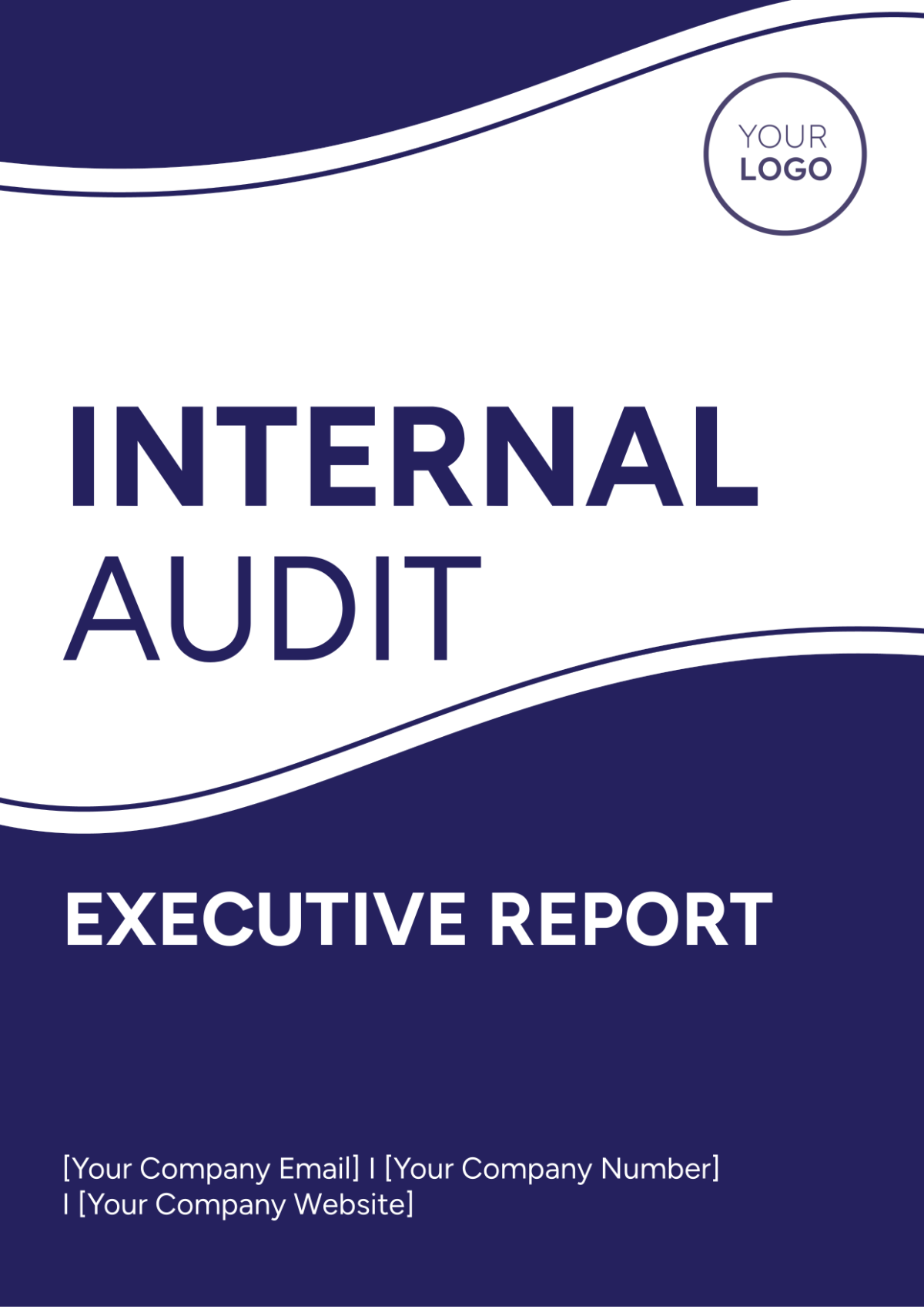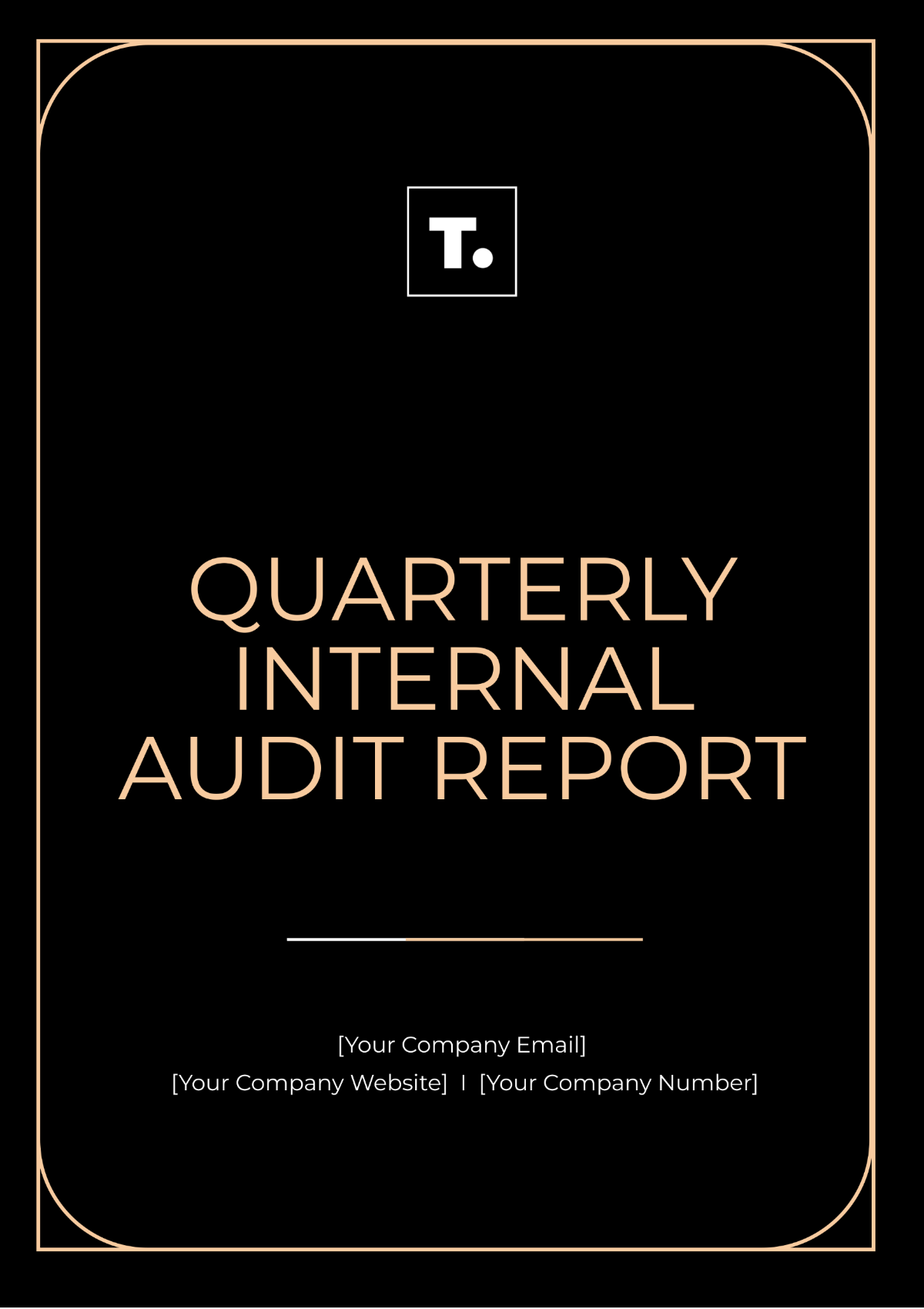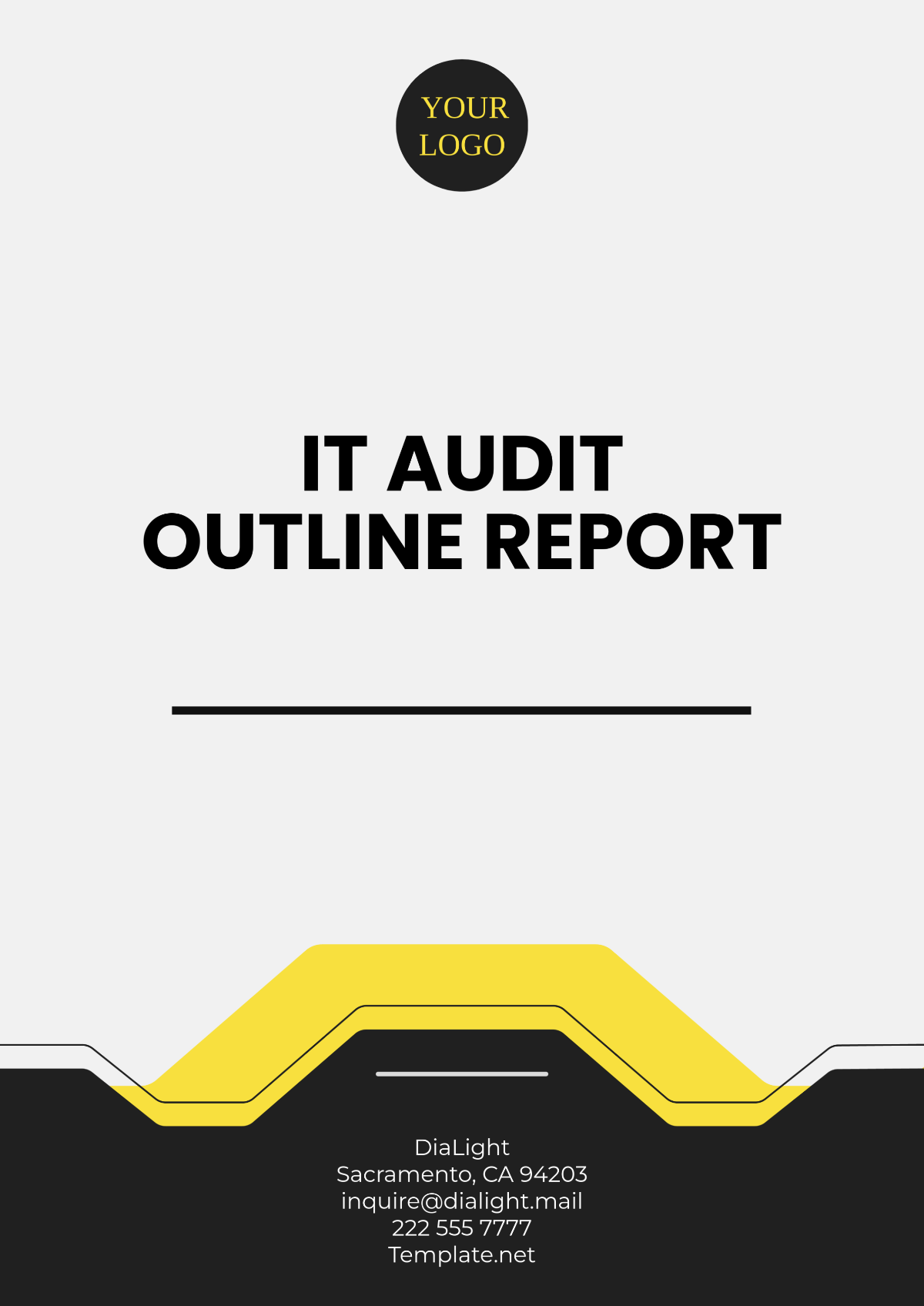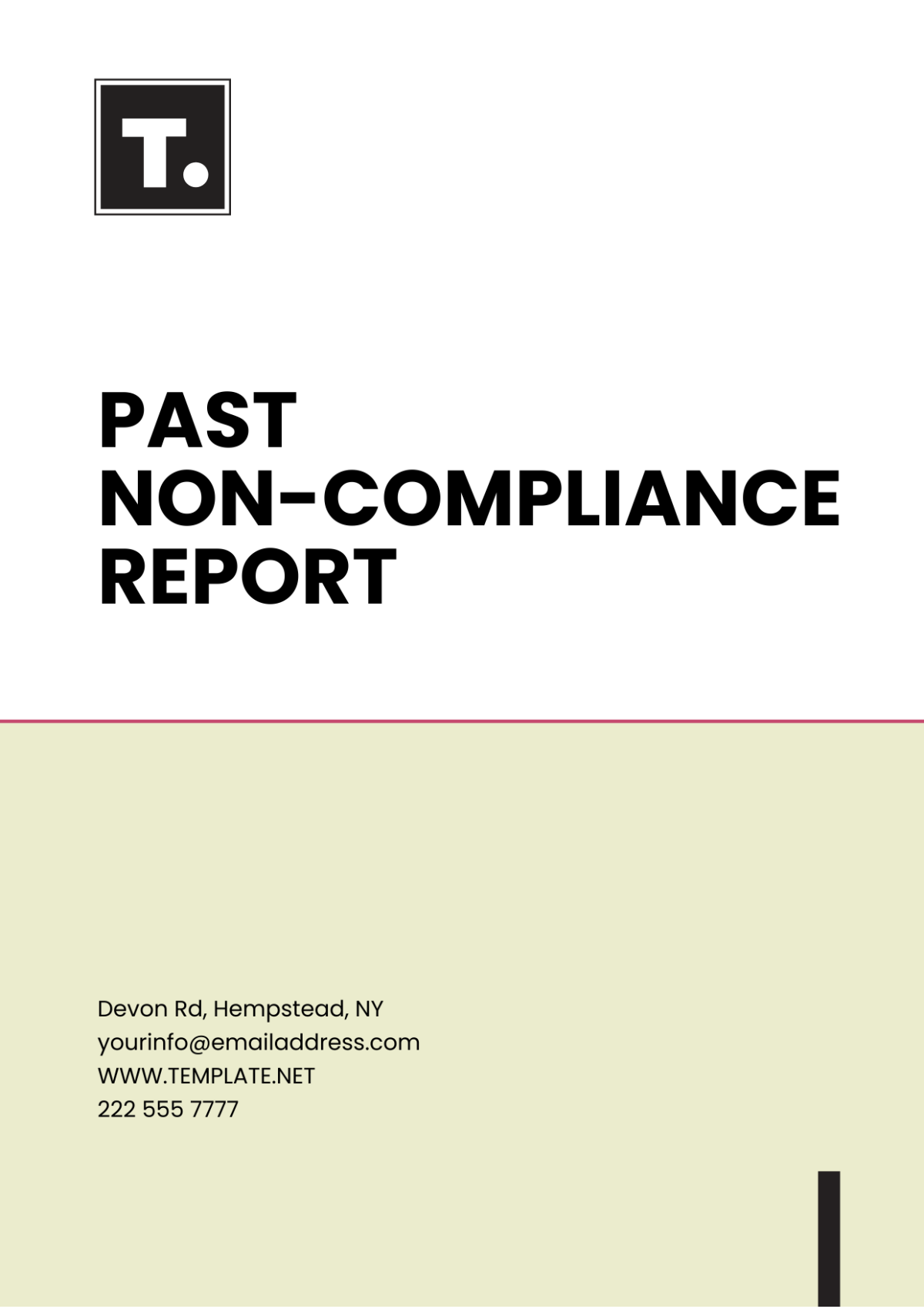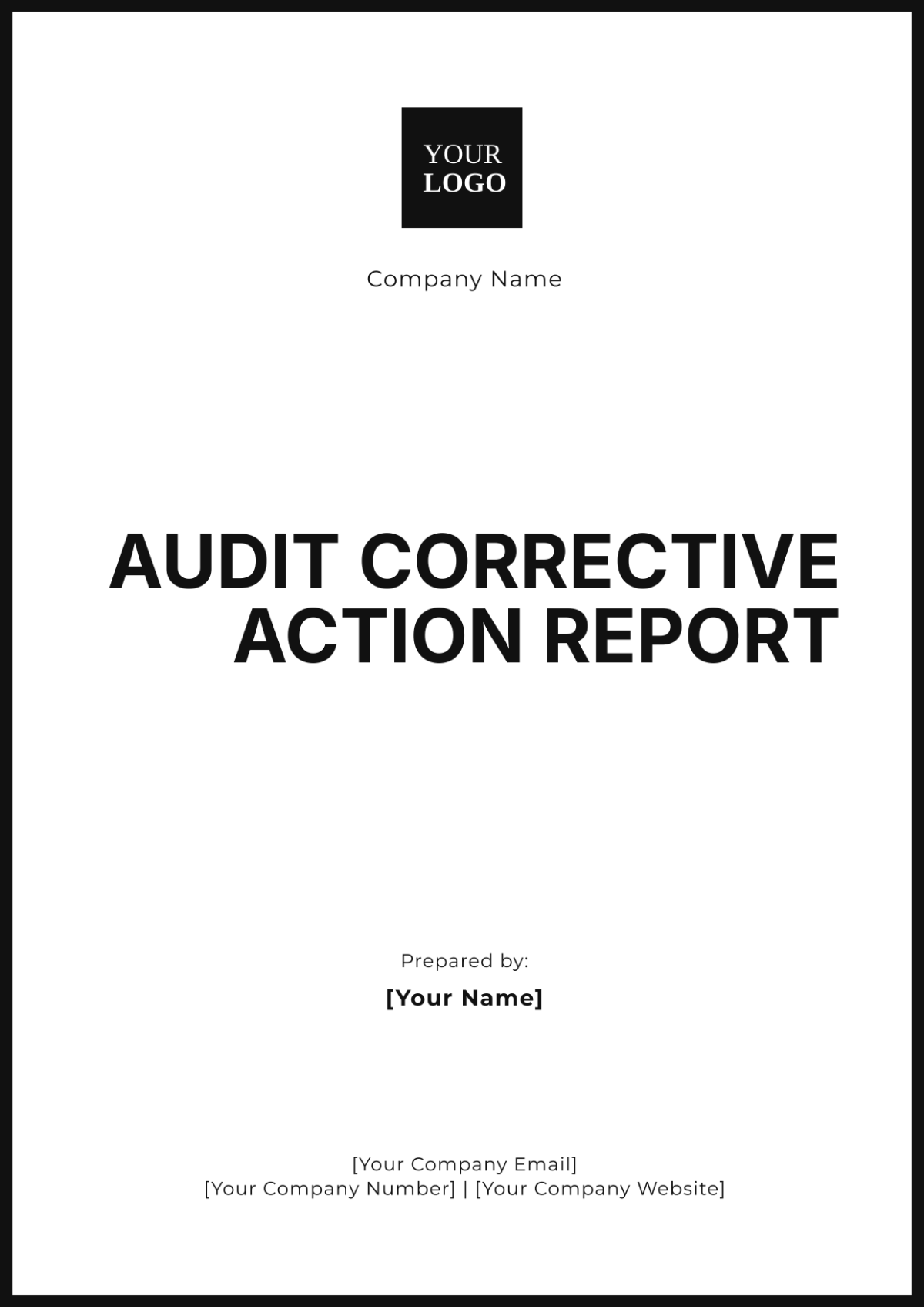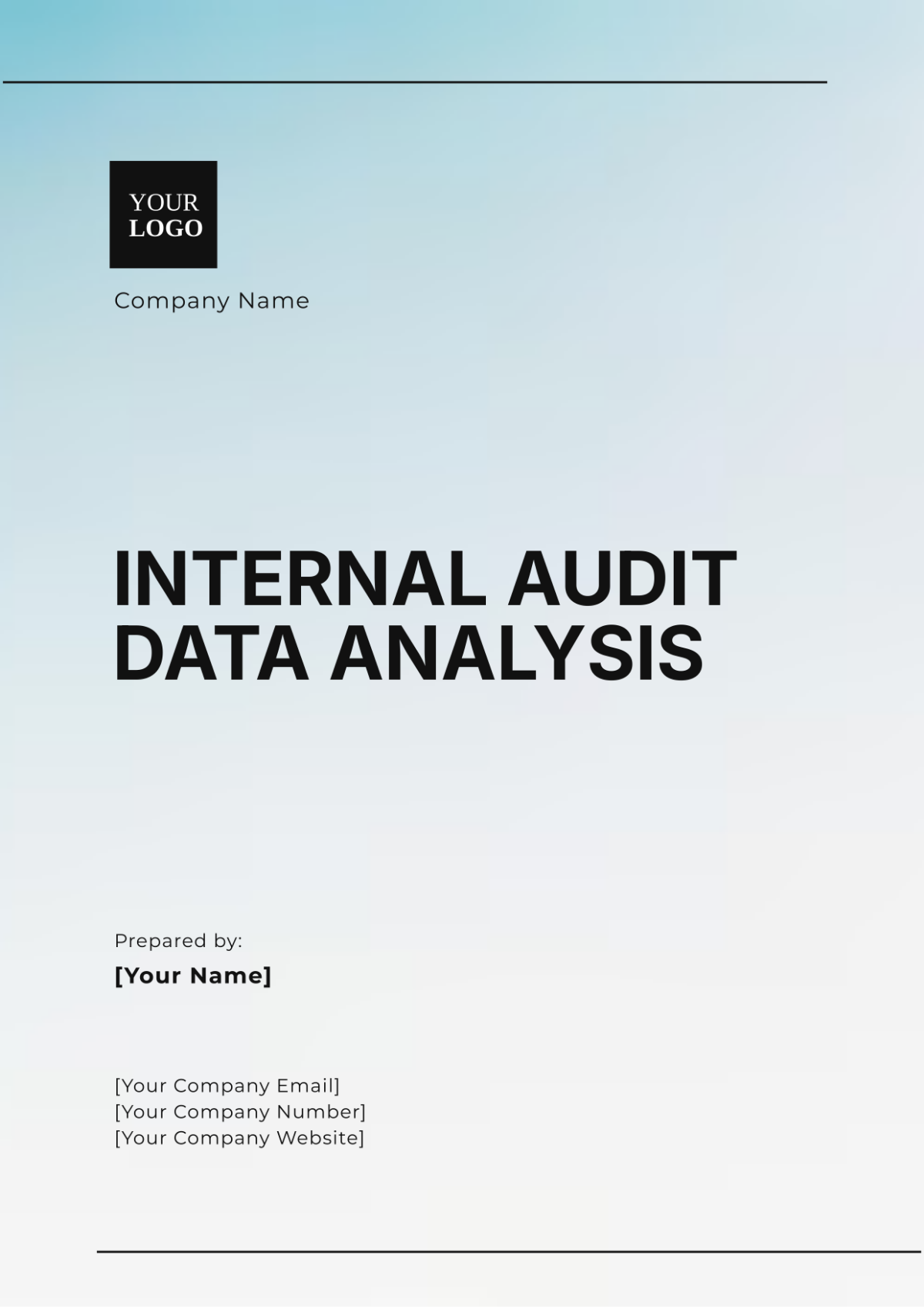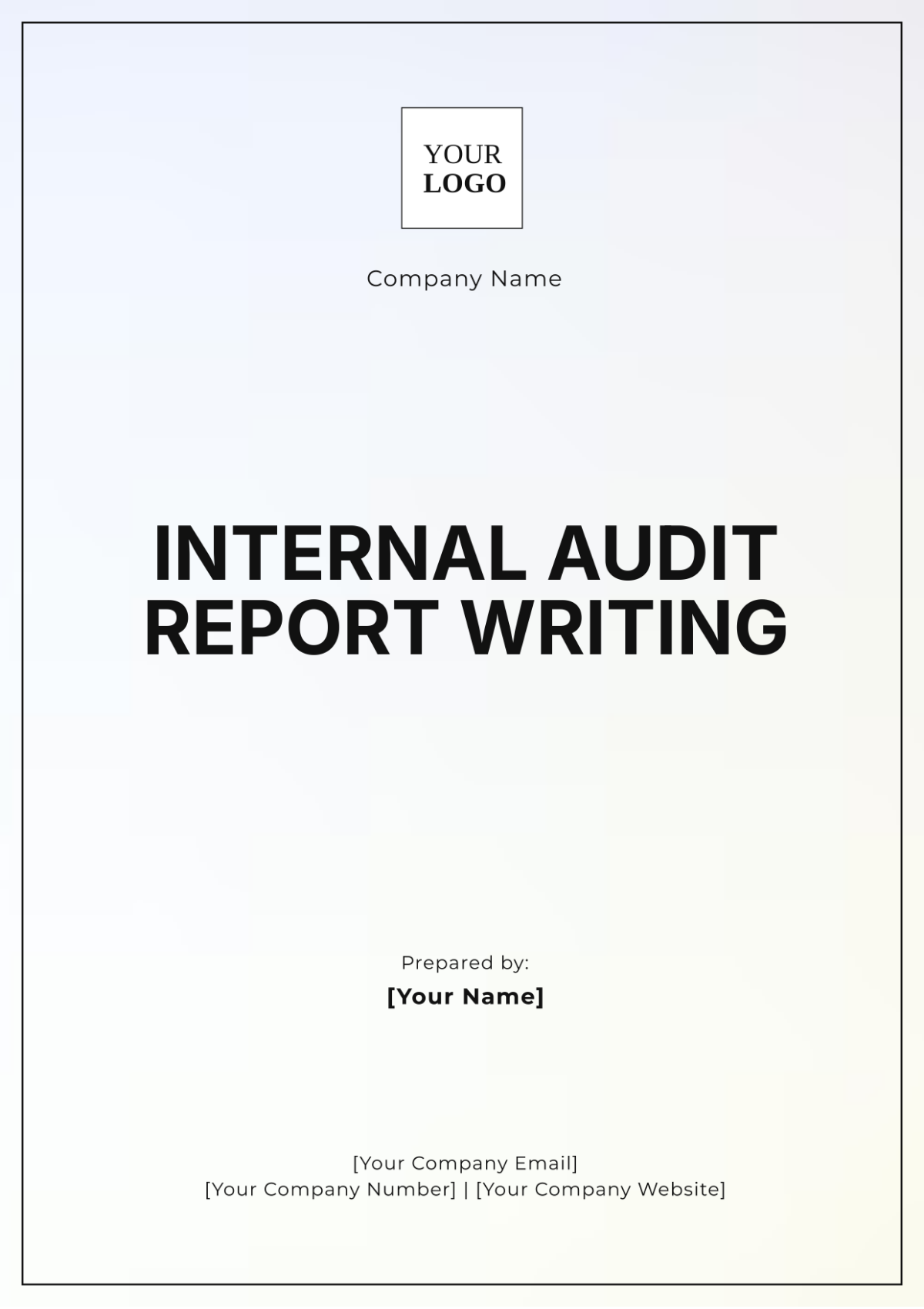Environmental Internal Audit Report
1. Executive Summary
This report summarizes the findings from the environmental audit conducted at [Your Company Name]. The audit aimed to evaluate compliance with environmental regulations, assess the effectiveness of the Environmental Management System (EMS), and identify opportunities for improving resource utilization and waste management.
Key Findings:
Compliance Status: 85% compliance with local and federal environmental regulations.
Non-Compliance Issues: Notable violations related to hazardous waste disposal.
EMS Effectiveness: The EMS is in place but requires updates to procedures and documentation.
2. Objectives of the Audit
The main objectives of this audit are:
To ensure compliance with environmental regulations set forth by the Environmental Protection Agency (EPA).
To assess the performance and effectiveness of the EMS in achieving environmental goals.
To identify areas for improvement in resource utilization and waste management practices.
3. Scope of Audit
This audit encompasses the following:
Departments Audited: Production, Waste Management, and Facilities.
Locations: [Your Company Address]
Time Frame: Audit covers activities from January 1, 2050, to December 31, 2050.
4. Methodology
The audit was conducted using a combination of the following methods:
Document Review: Analyzed environmental policy documents, previous audit reports, compliance records, and training materials.
Interviews: Conducted interviews with key personnel, including:
Environmental Compliance Manager
Production Supervisor
Waste Management Coordinator
Site Inspections: Conducted site visits to observe operational practices, focusing on:
Waste storage areas
Production lines
Water and energy usage areas
5. Findings and Observations
5.1 Compliance with Environmental Regulations
Findings:
The facility is generally compliant with air quality standards; however, emissions from two production units exceeded permitted levels.
Hazardous waste disposal records indicate instances of non-compliance with RCRA (Resource Conservation and Recovery Act).
Implications:
Continued violations may result in fines and increased scrutiny from regulatory bodies.
5.2 Performance of Environmental Management System (EMS)
Findings:
The EMS is operational but lacks regular updates. Key procedures are outdated, affecting the effectiveness of the system.
Implications:
An ineffective EMS can lead to increased environmental risks and regulatory non-compliance.
5.3 Resource Utilization Efficiency
Findings:
Energy consumption has increased by 15% compared to the previous year, with no significant changes in production output.
Water usage is 20% above industry benchmarks, indicating inefficiencies in processes.
Opportunities for Improvement:
Implement energy-saving initiatives and explore water recycling options.
5.4 Waste Management Practices
Findings:
Waste segregation practices are inconsistent; recyclable materials are often mixed with general waste.
The facility has no documented plan for reducing waste generation.
Recommendations:
Establish a comprehensive waste management plan and conduct regular training on waste segregation.
5.5 Employee Awareness and Training
Findings:
60% of employees have not received recent training on environmental policies and procedures.
Awareness of the EMS among employees is low.
Implications:
Lack of training and awareness can lead to inadvertent non-compliance and environmental risks.
6. Recommendations for Improvement
Update EMS Documentation:
Action: Review and update EMS procedures to reflect current practices and regulations.
Responsible Parties: Environmental Compliance Manager.
Timeline: Complete by December 31, 2050.
Enhance Training Programs:
Action: Develop and implement a comprehensive training program for all employees.
Responsible Parties: HR Department and Environmental Manager.
Timeline: Launch by January 15, 2051.
Improve Waste Management Practices:
Action: Create a waste management plan with clear segregation guidelines and recycling targets.
Responsible Parties: Waste Management Coordinator.
Timeline: Draft plan by January 2050.
7. Conclusion
The environmental audit of [Your Company Name] has identified several areas of compliance and opportunities for improvement. Addressing the noted non-compliance issues and enhancing the effectiveness of the EMS will be crucial in promoting sustainable practices and minimizing environmental risks. Continued monitoring and commitment to environmental stewardship are recommended.
8. Appendices
Appendix A: Audit Checklist
Appendix B: Interview Summaries
Appendix C: Compliance Documentation
Appendix D: Training Materials
